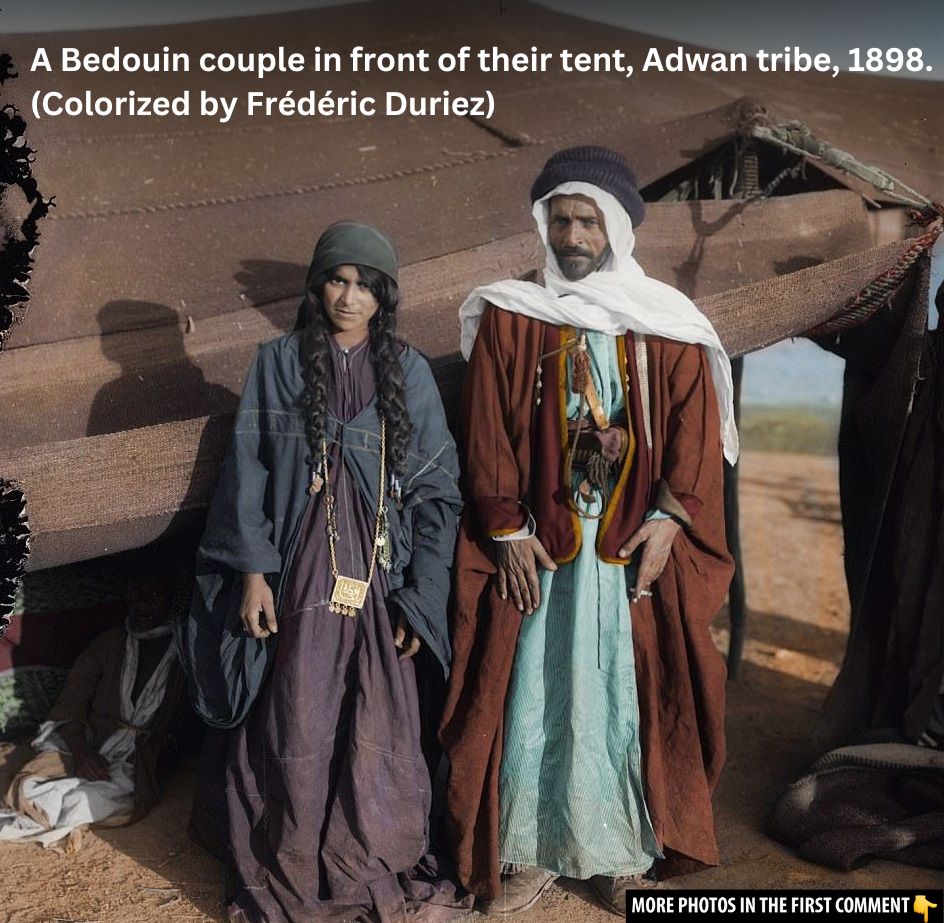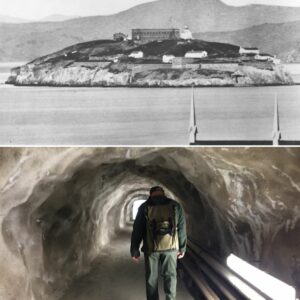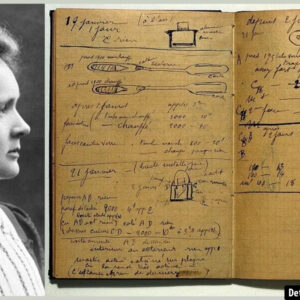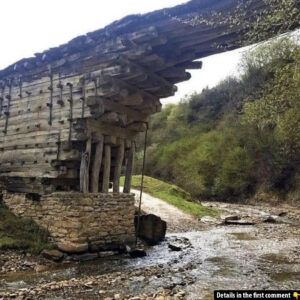For centuries, the Bedouin nomads, known as the desert dwellers of the Middle East, have lived a life shaped by the harsh desert environment. Their rich culture and traditions, rooted in animal herding and seasonal migration, made them a defining presence across the Sahara, Arabian, and Syrian deserts. However, as the world changed, so too did the lives of these nomadic peoples. In the late 19th and early 20th centuries, the Bedouins faced unprecedented challenges, not only from advancing technology but also from the expanding reach of modern governments and the shifting political landscape. Through rare and spectacular photos taken during this period, we get a window into the heart of Bedouin life at a time when it was undergoing significant transformation.
Origins and Traditional Way of Life
The word “Bedouin” itself is derived from the Arabic badawī, which means desert-dweller. Traditionally, Bedouins were pastoralists, depending on herding animals such as camels, goats, and sheep for their livelihood. The desert’s vast expanse, combined with the seasonal availability of water, shaped their migratory patterns, with Bedouin tribes moving into the desert during the rainy winter months and returning to cultivated areas in the dry summer months. This seasonal migration was more than a means of survival—it was a way of life, interwoven with the land and animals that sustained them.
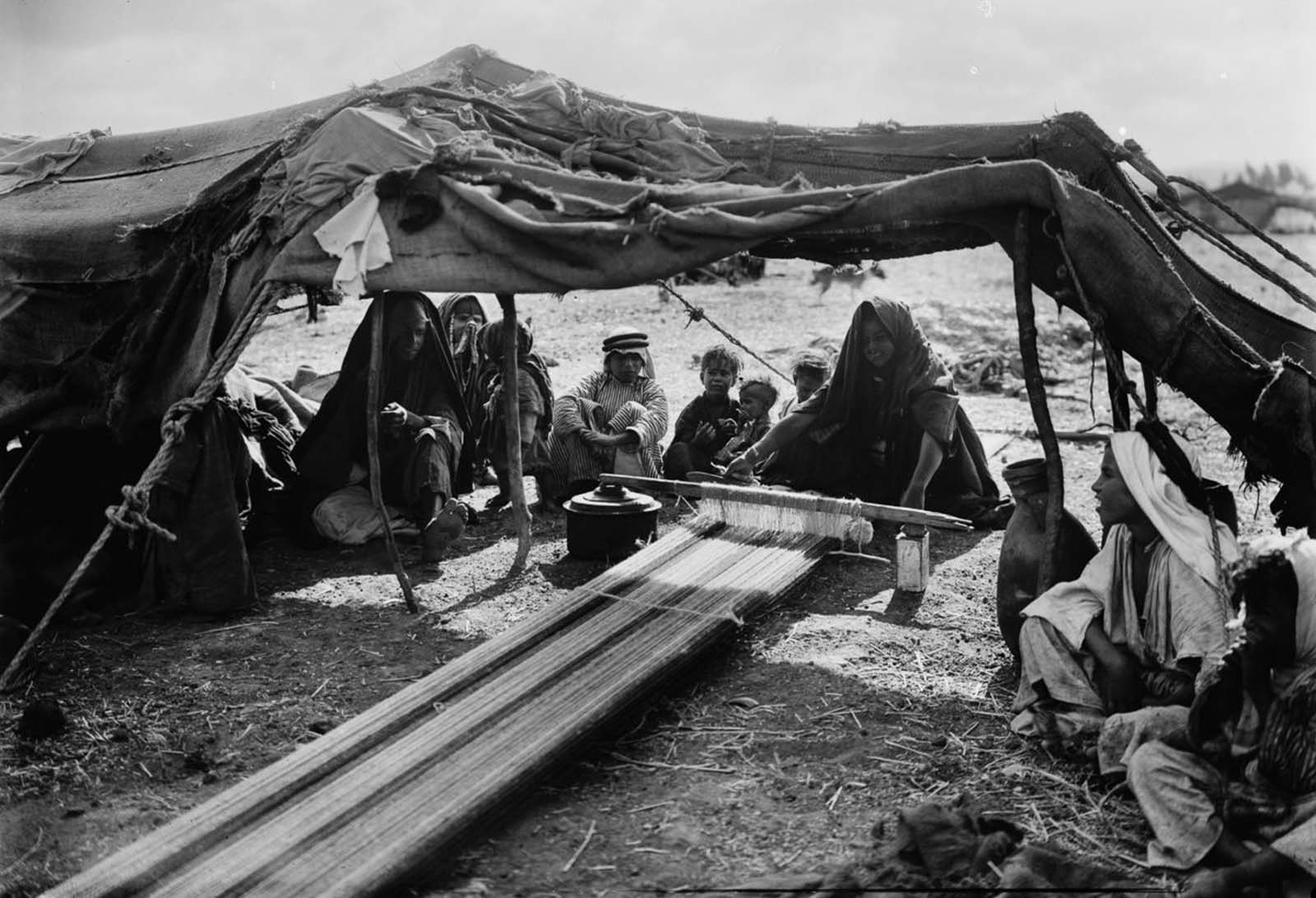
Bedouin society was deeply tribal and patriarchal, with each tribe functioning as an extended family, organized into smaller units known as hawa or banu, under the leadership of a sheikh. This leadership structure was maintained through wisdom and respect, with councils of male elders advising the sheikh. The social systems in place helped maintain a balance in a world that demanded constant adaptability.
Video
Watch Berber Tents and Looms from the Sahara Desert to discover the traditional craftsmanship of the Berber people. Don’t miss this fascinating insight!
Bedouin Society and Tribal Structure
The importance of the tribe in Bedouin society cannot be overstated. In fact, the tribe itself was seen as the fundamental unit of organization. The tribes were classified based on their primary source of livelihood, with camel nomads occupying vast desert territories. These nomadic groups were organized into larger tribal structures, particularly in regions like the Sahara, Arabian Peninsula, and Syrian desert. The camel nomads, often the largest and most powerful of the Bedouin groups, moved across vast expanses of desert to tend to their herds, moving with precision and purpose, dictated by both tradition and necessity.
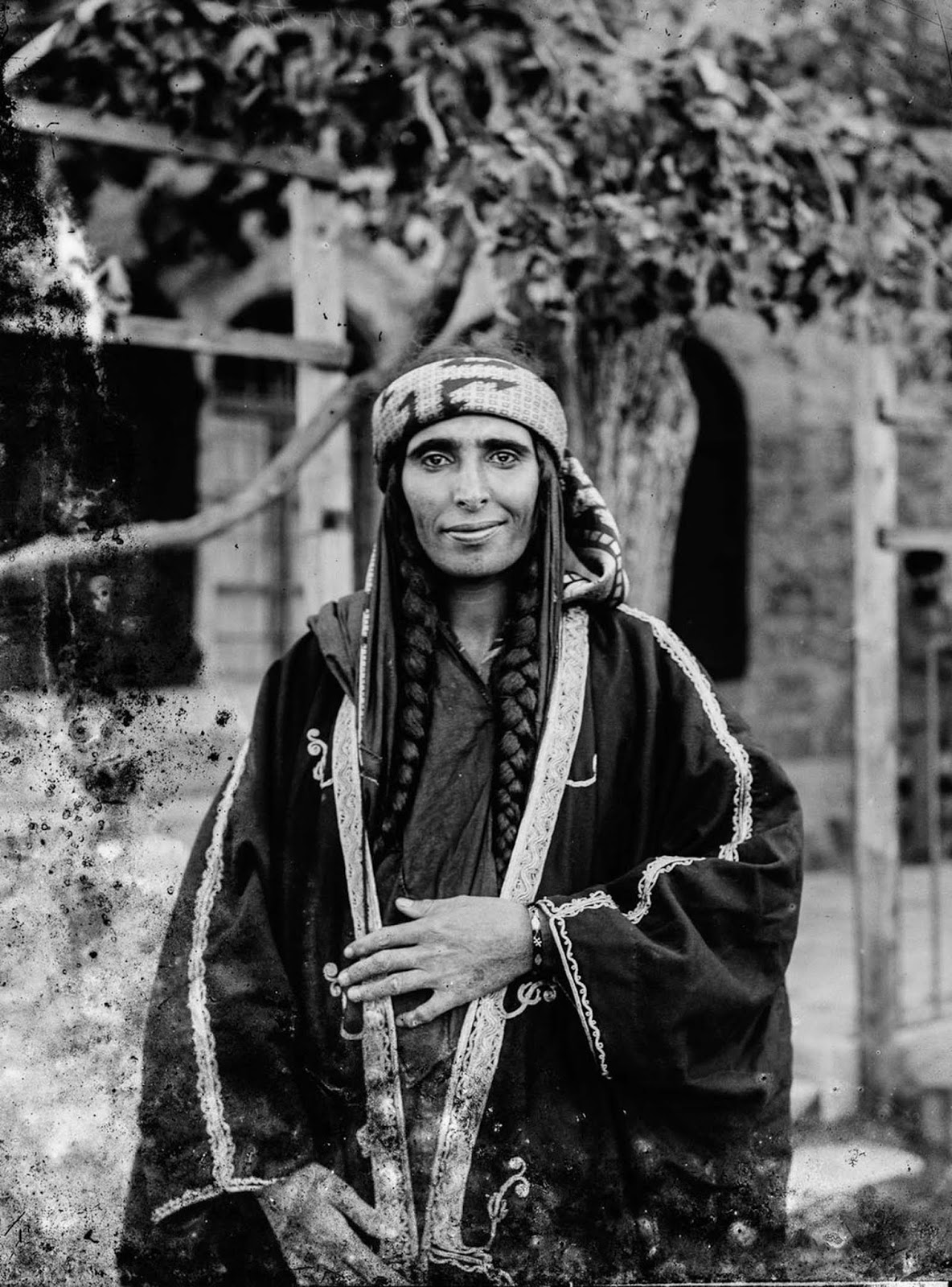
The role of the sheikh was paramount in these tribes. He was not only the political leader but also the spiritual guide, whose decisions were respected by all members of the tribe. In Bedouin culture, social cohesion was valued above all else, with the well-being of the tribe taking precedence over individual needs. The elders, or mashayikh, played a significant role in advising the sheikh and settling disputes, ensuring that the tribe operated as a unified entity.
Transition from Nomadism to Semi-Nomadism and Settling
As the 20th century progressed, the Bedouin way of life faced pressure from modern governments expanding their reach into once-unreachable desert territories. The increased nationalization of lands, particularly in the Middle East, led many Bedouin communities to abandon their fully nomadic lifestyle. Governments began imposing restrictions on grazing land and limiting the freedom to move across traditional lands. Some Bedouins resisted, but others found that adapting to semi-nomadic or sedentary lifestyles was inevitable.
Many Bedouins, particularly those in regions like Syria, Jordan, and Iraq, were gradually settled in urban areas, where they traded their traditional methods of survival for a more fixed existence. This transition was often forced upon them, as tribal systems began to dissolve and Bedouin communities found themselves without the resources to maintain their past way of life. However, for some, this change was a response to the modernizing world that offered new opportunities for survival and growth.
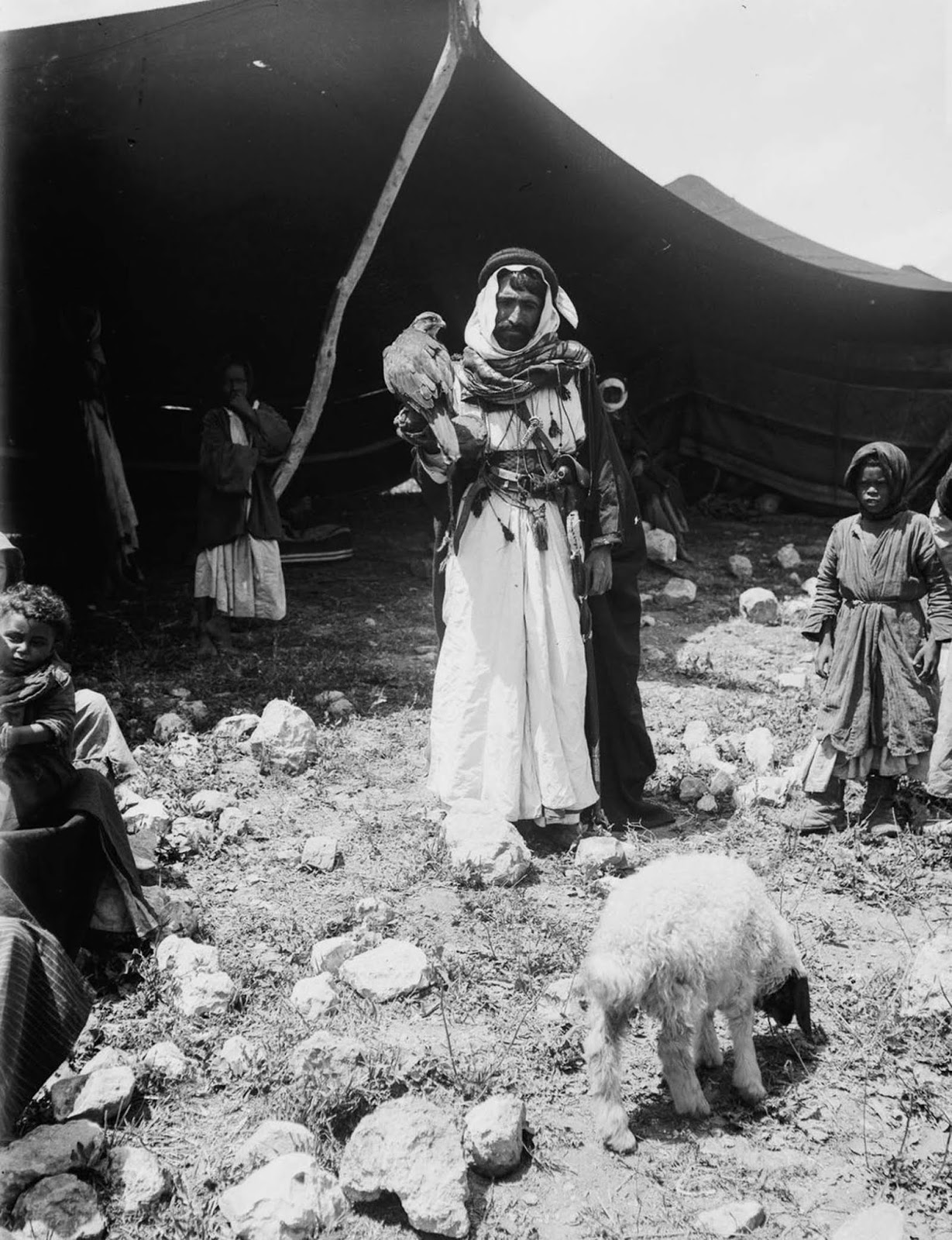
Technological Changes and Their Impact on Bedouin Life
The 20th century marked a period of rapid technological advancement, and for the Bedouins, this meant the introduction of motor vehicles into their once-traditional lifestyle. The shift from animal-powered transport to motorized vehicles was not instantaneous, but it was significant. Many Bedouins began replacing their camels and horses with trucks and cars, which allowed them to move more efficiently across the desert. This was not merely a symbol of modernity; it was a practical solution to the growing constraints placed on their movements by governments and landowners.
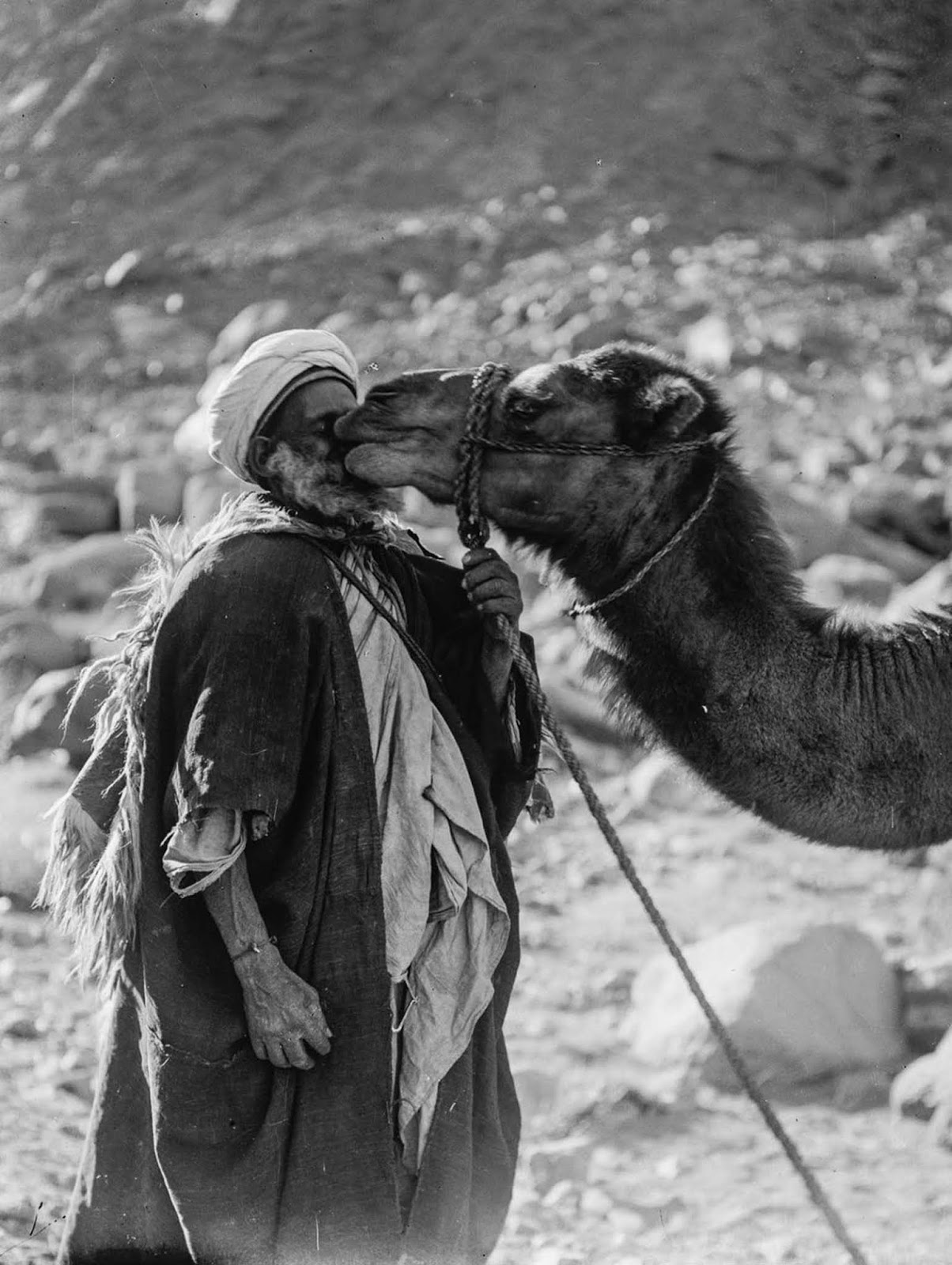
This transformation brought mixed reactions. While some saw it as a welcome advancement, others mourned the loss of traditional methods. The camel, which had once been a Bedouin’s most important companion and tool, was being replaced by machines. The Bedouin culture, which had thrived for centuries based on a deep understanding of the desert’s natural rhythms, was now being shaped by technology and external forces beyond their control.
Bedouin Women in Traditional Culture
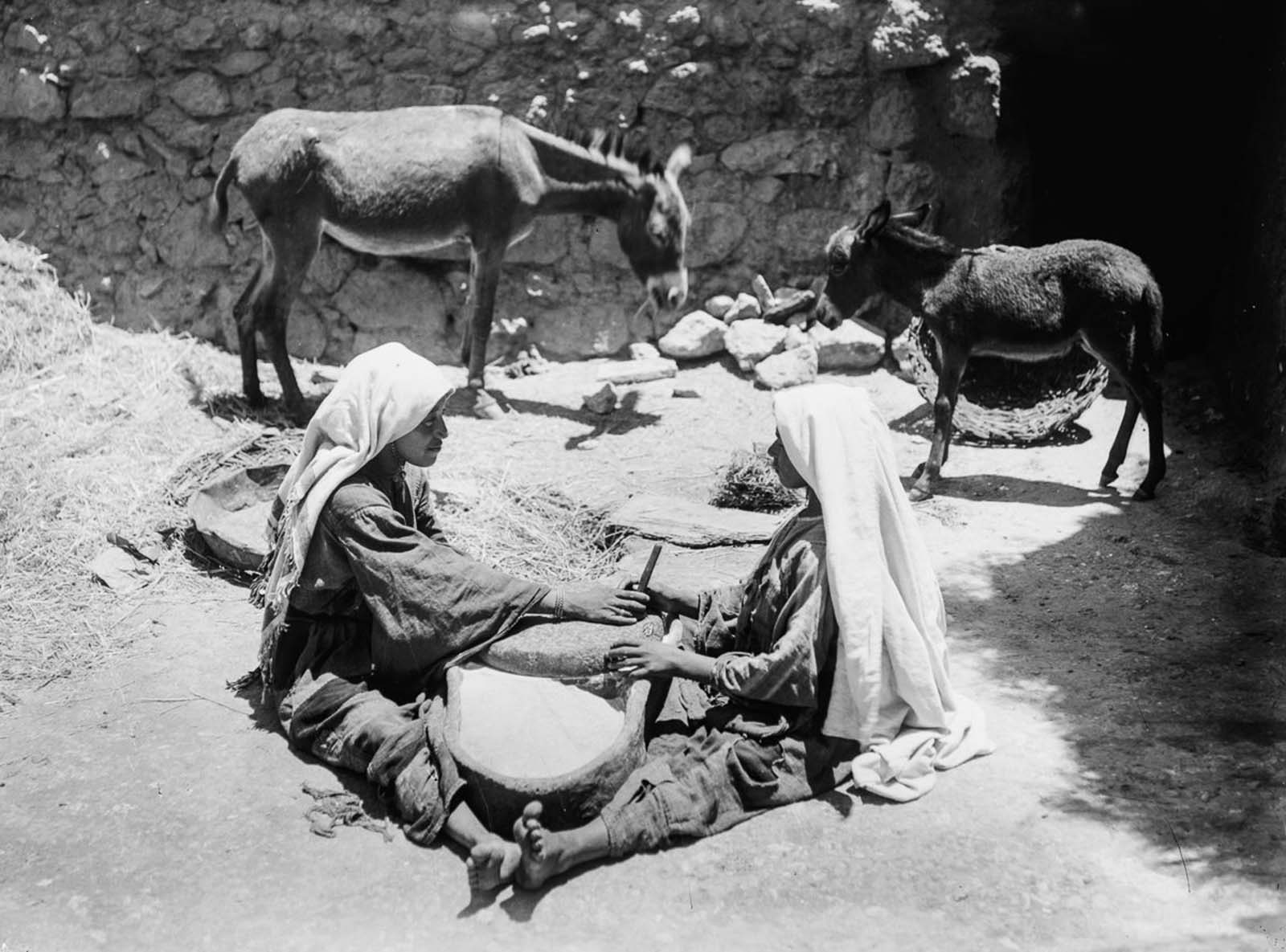
While much of the focus on Bedouin life has been on the men and their roles in society, Bedouin women played an equally important, though often less visible, role in preserving their cultural heritage. Women were responsible for much of the domestic work, including weaving fabric, cooking, and managing the household. They were the backbone of the Bedouin family, ensuring its stability and survival.
Women also held significant cultural importance. Their role in weaving intricate fabrics and crafting household goods was not only a practical necessity but also an art form. In some tribes, women’s ability to weave and create beautiful textiles was considered a reflection of the tribe’s prosperity and social standing.
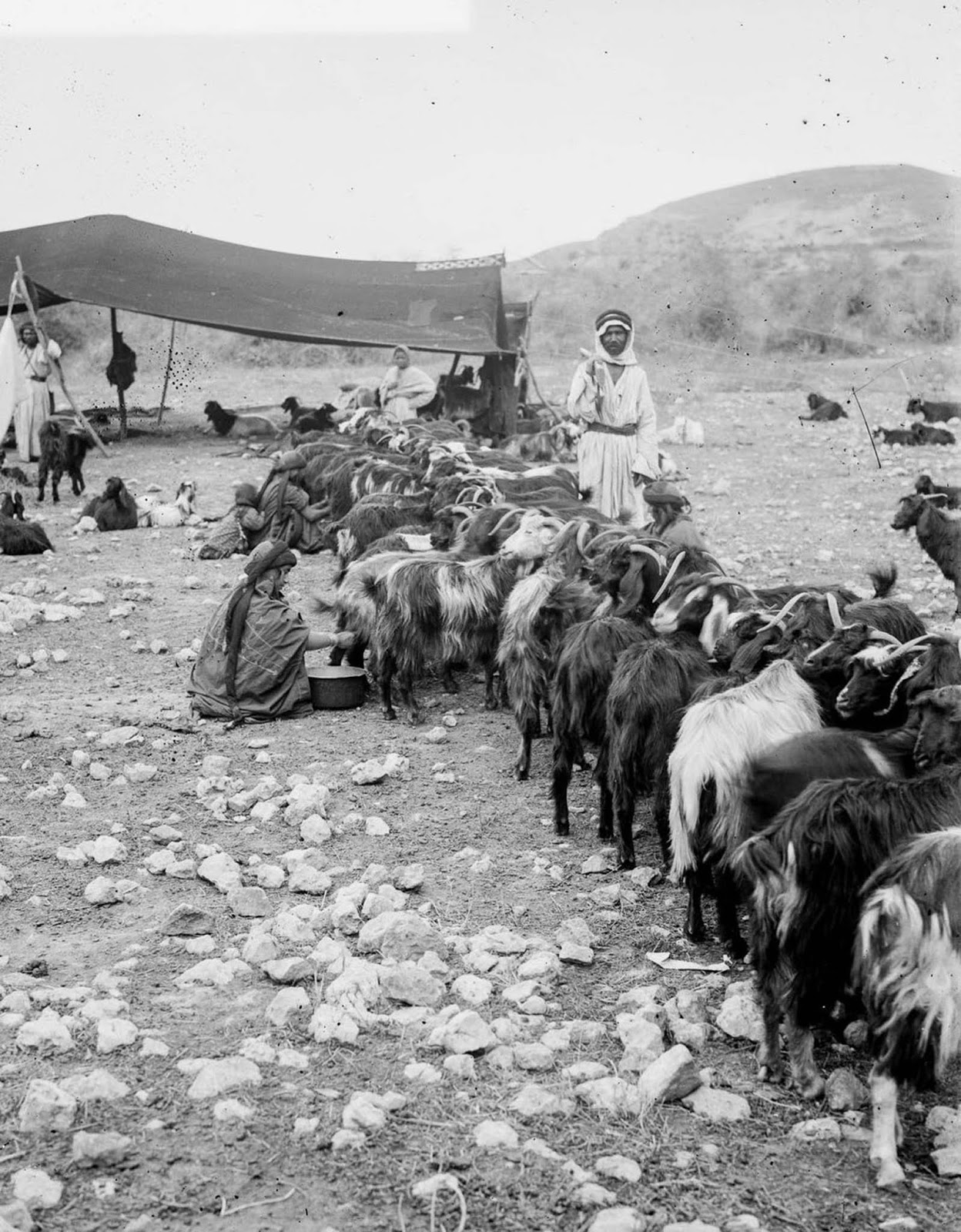
The Legacy of Bedouin Nomads Today
Despite the pressures they have faced, Bedouin culture remains a strong and vibrant part of the Middle East’s history. Many Bedouin tribes continue to maintain their traditions, even in the face of modern challenges. In some regions, Bedouin tribes have blended traditional practices with modern technologies, ensuring that their cultural legacy endures.
The Bedouins’ role in shaping the Middle East’s past and present cannot be understated. As the world continues to change, their resilience and ability to adapt have allowed them to survive, preserving their culture and identity for future generations.
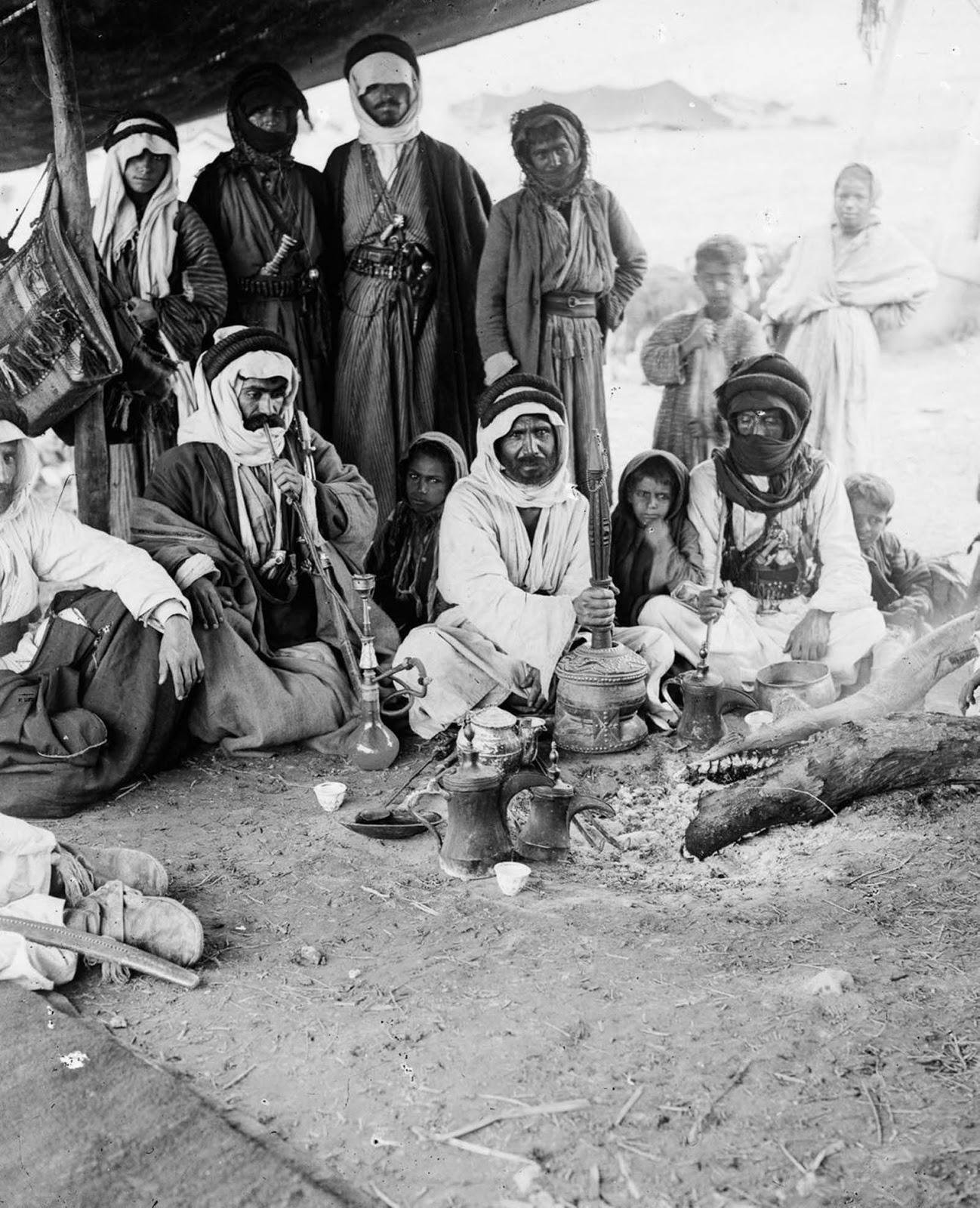
Historical Significance of Late 19th Century Bedouin Photography
One of the most important aspects of preserving Bedouin culture in the late 19th and early 20th centuries was the advent of photography. Pioneering photographers like Walter McClintock and Edward Curtis worked tirelessly to capture the essence of Bedouin life during a time of monumental change. Their images offer us a rare and invaluable glimpse into a world that was rapidly vanishing.
These photographs are not just historical records; they are works of art that reflect the Bedouins’ dignity, beauty, and endurance. Capturing their way of life before it was forever altered by modernity is a testament to the foresight and dedication of these photographers.
Gallery: Capturing the Bedouin Spirit
In this section, we present a collection of rare, colorized photos that showcase the Bedouins in their natural environment. From portraits of Bedouin women weaving textiles to images of nomadic families traveling with their herds, these photographs offer a rare and intimate view into a world on the brink of transformation. The gallery provides a visual tribute to the Bedouins and their remarkable culture.
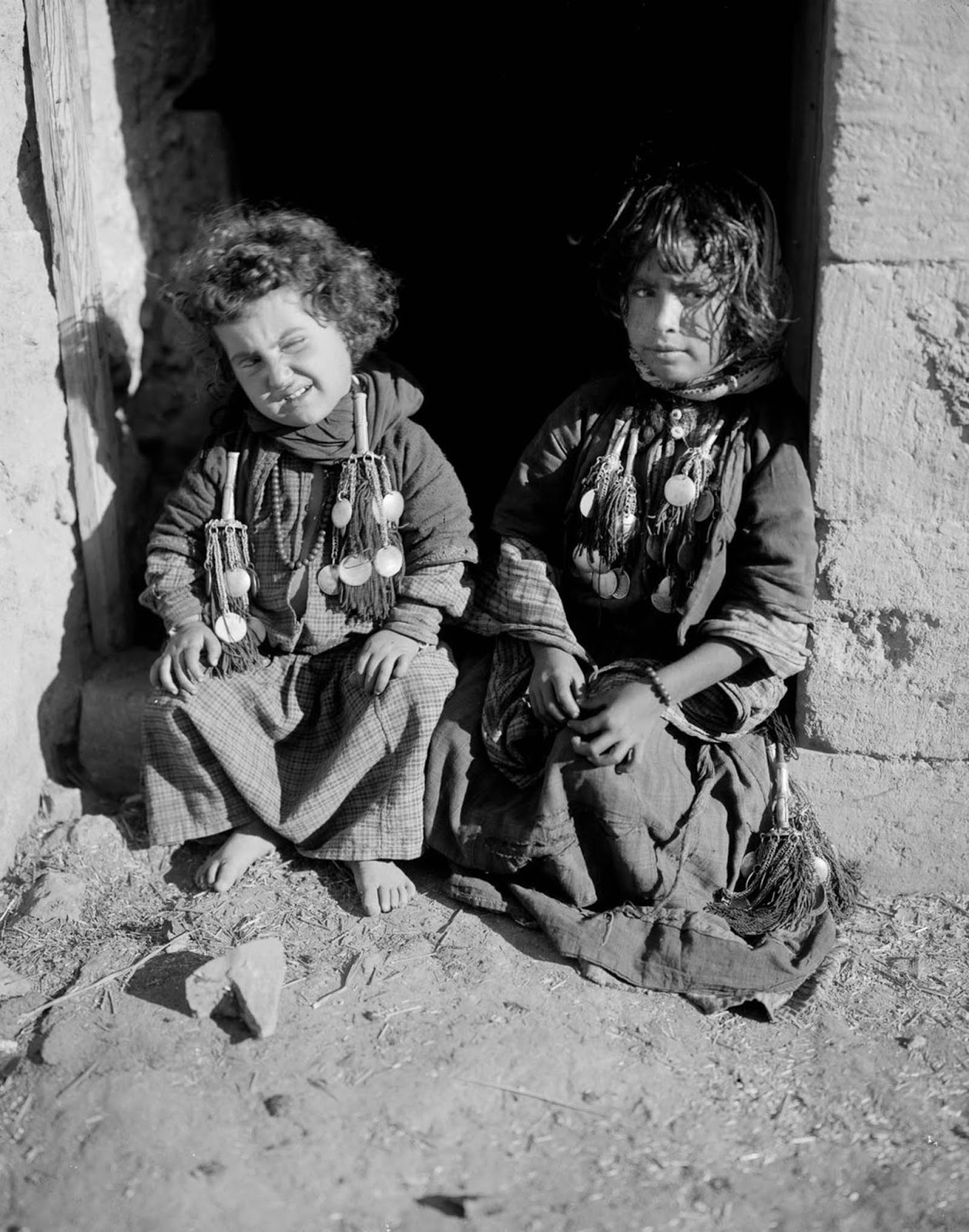
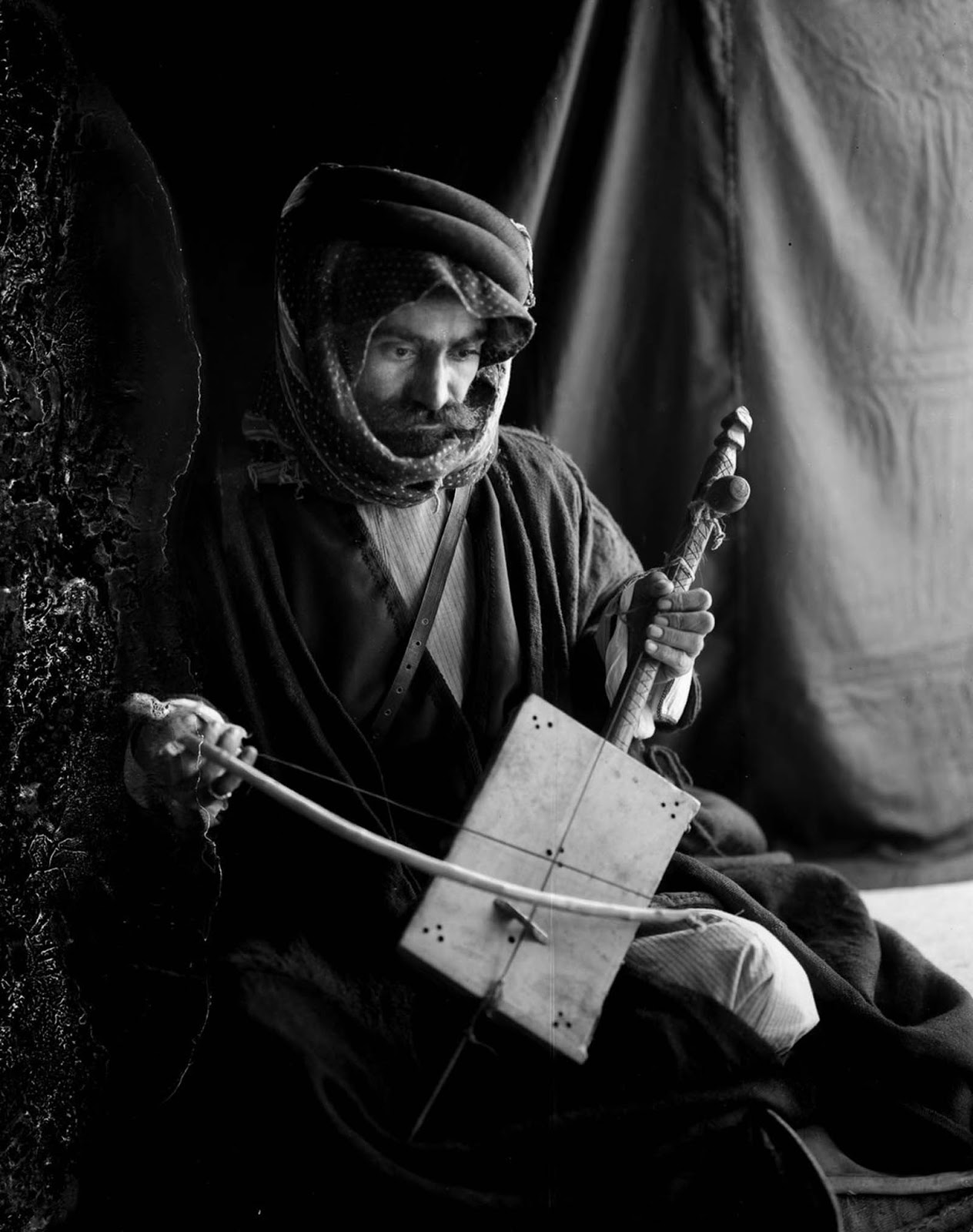
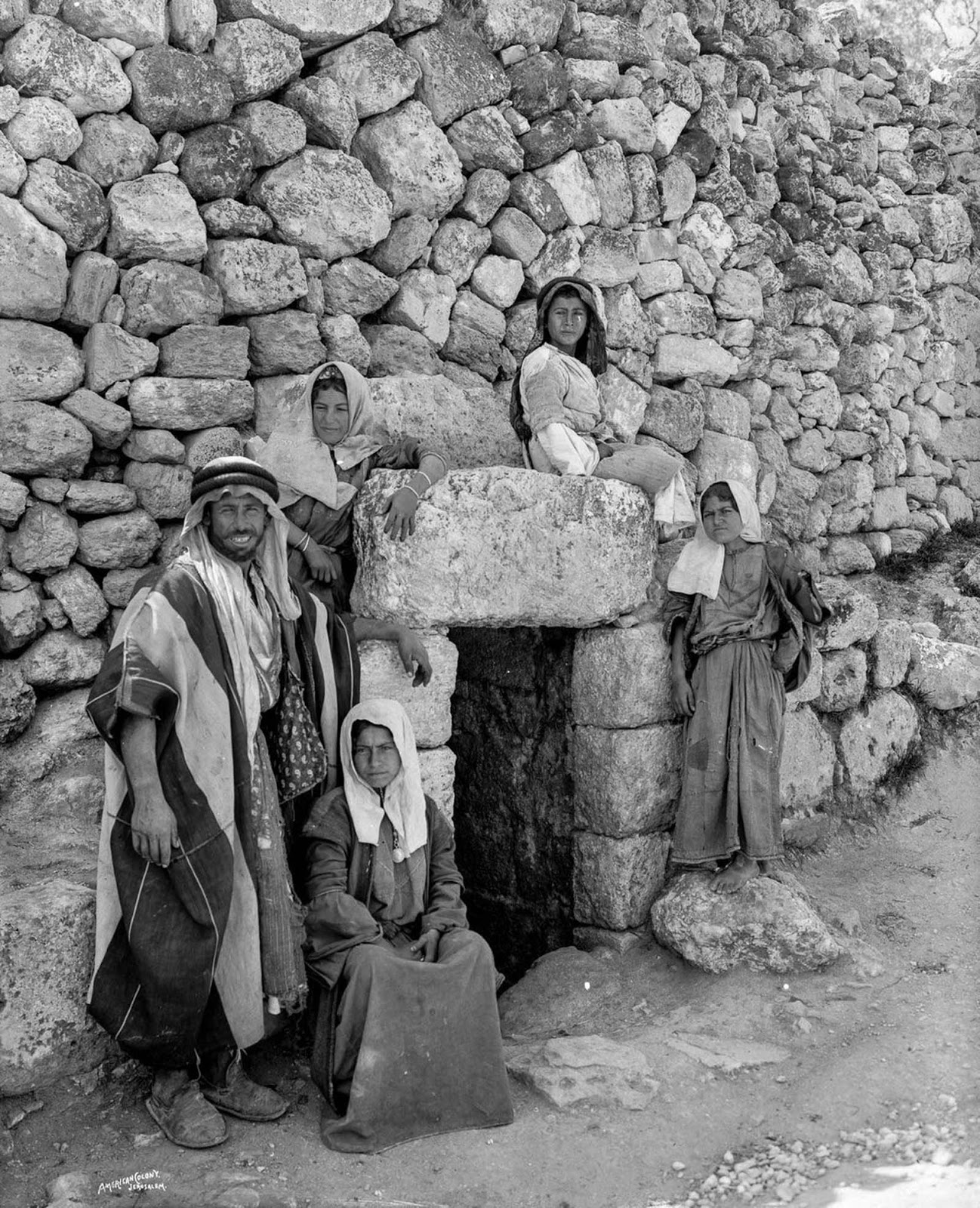
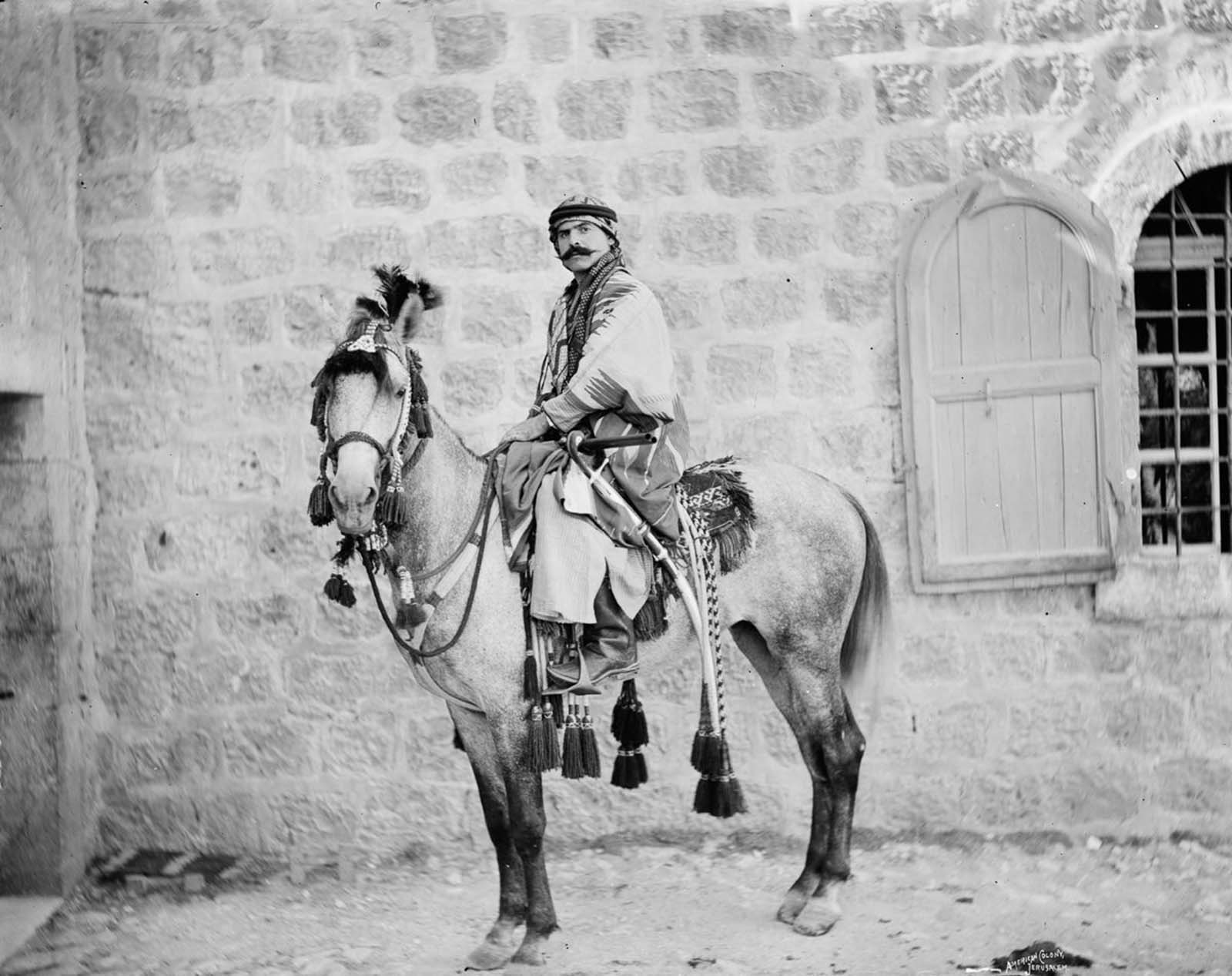
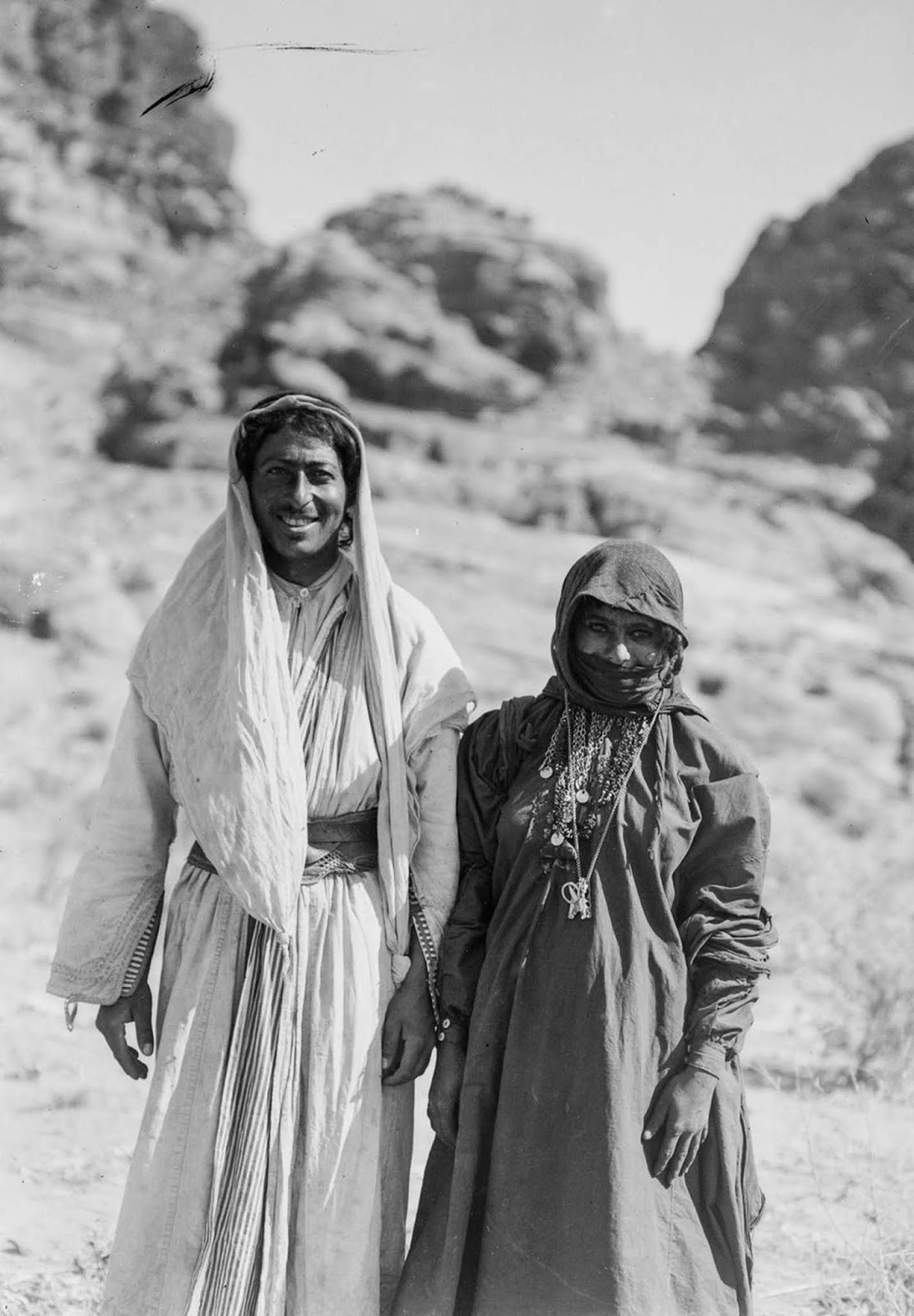
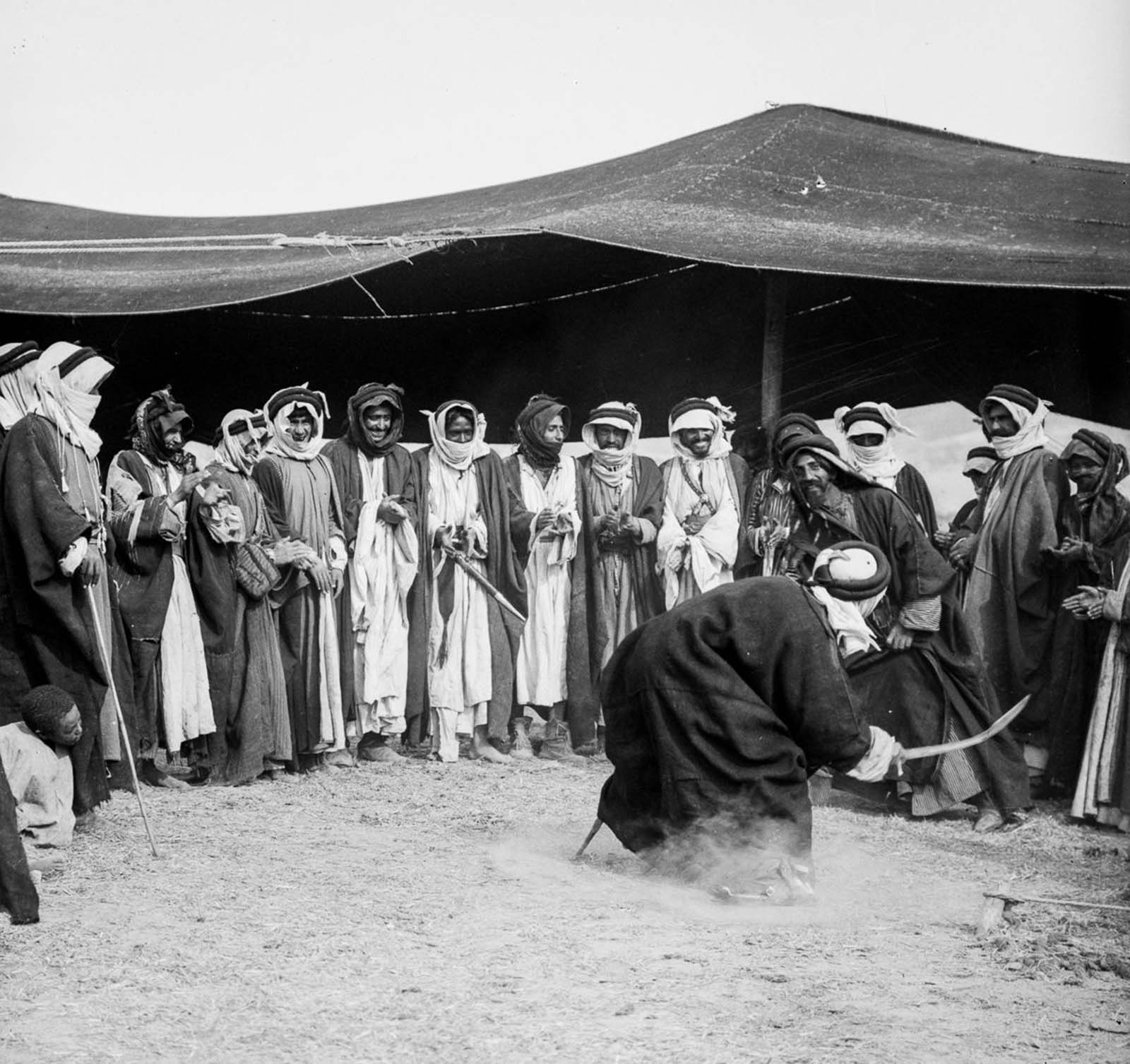
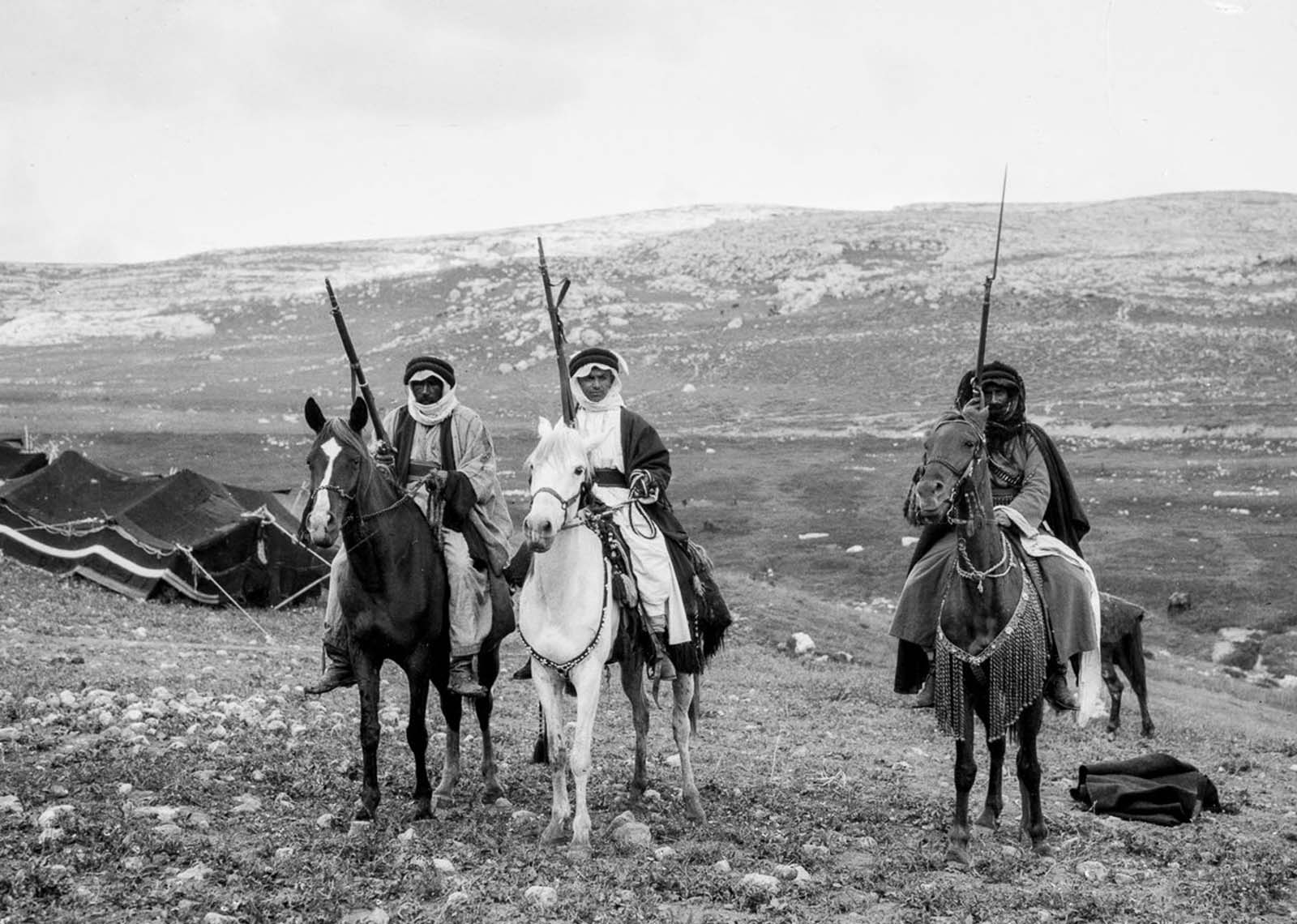
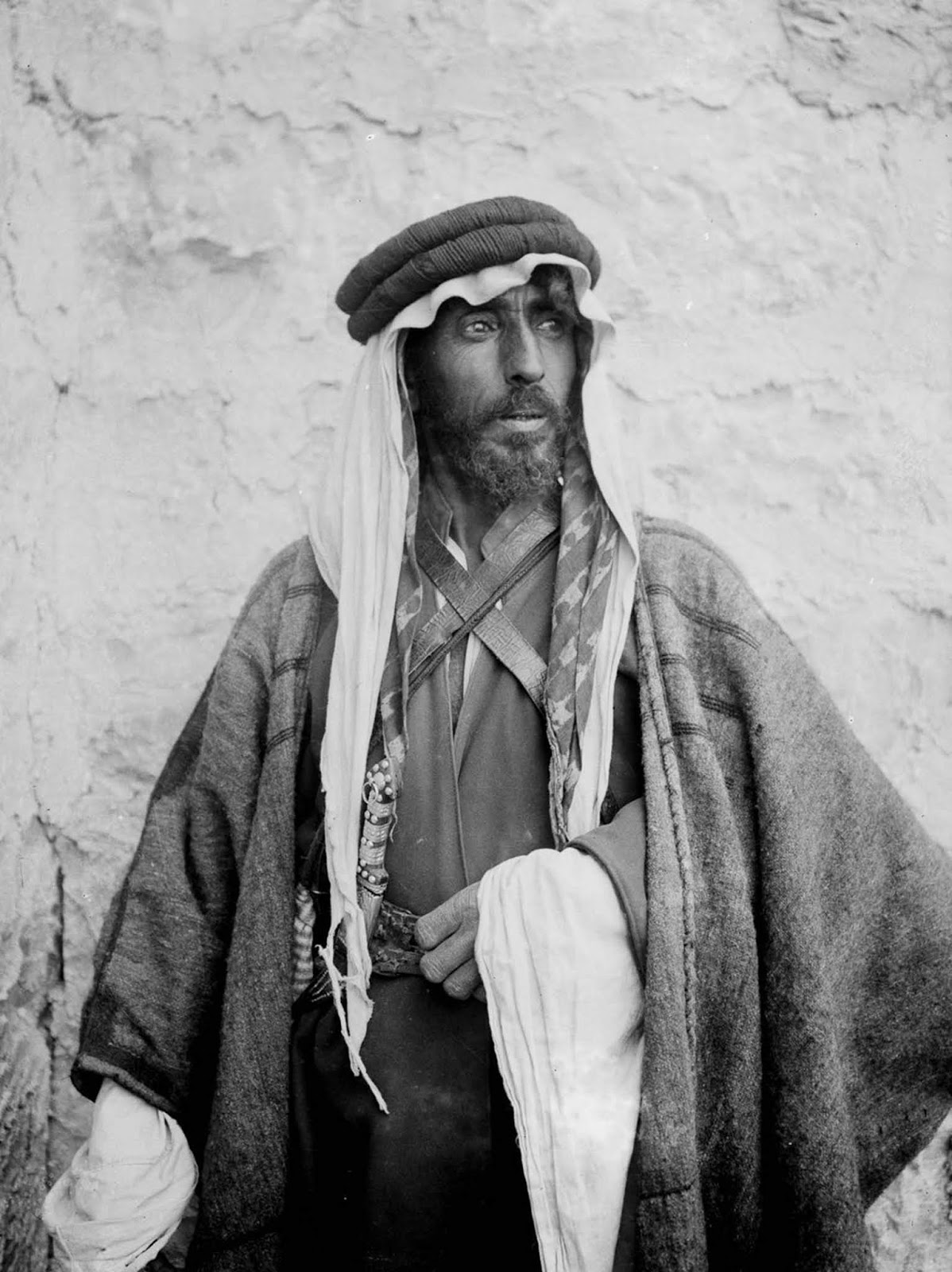
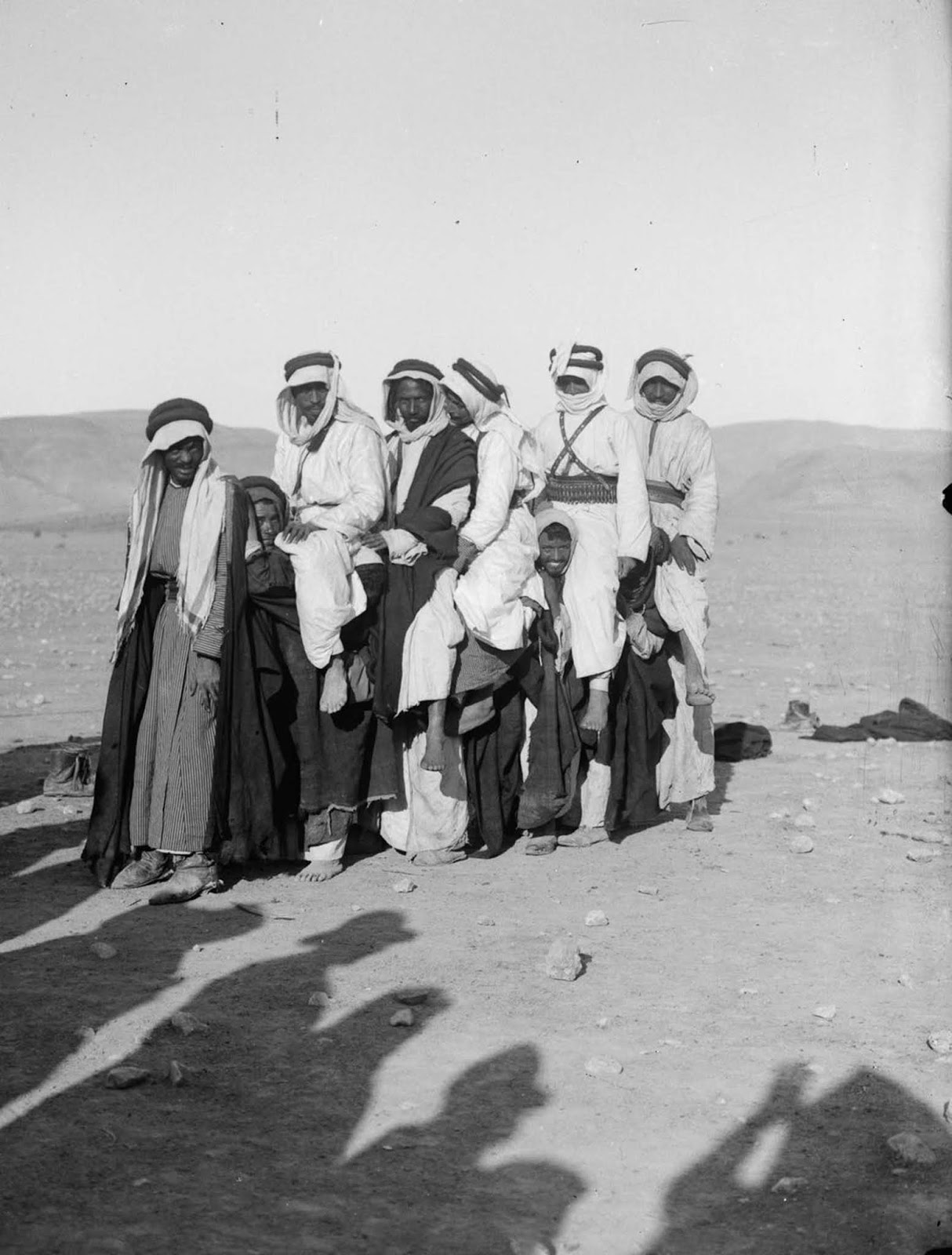
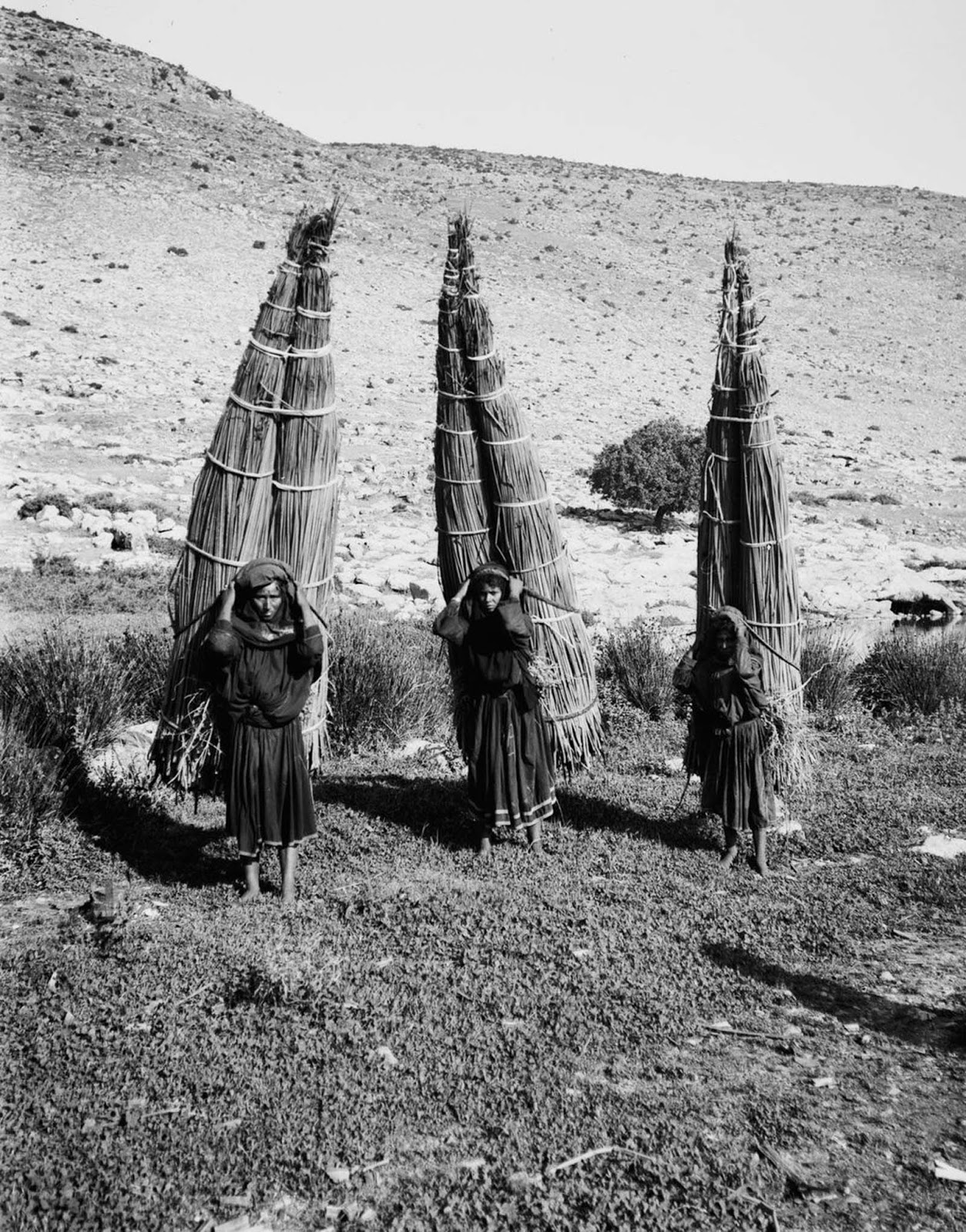
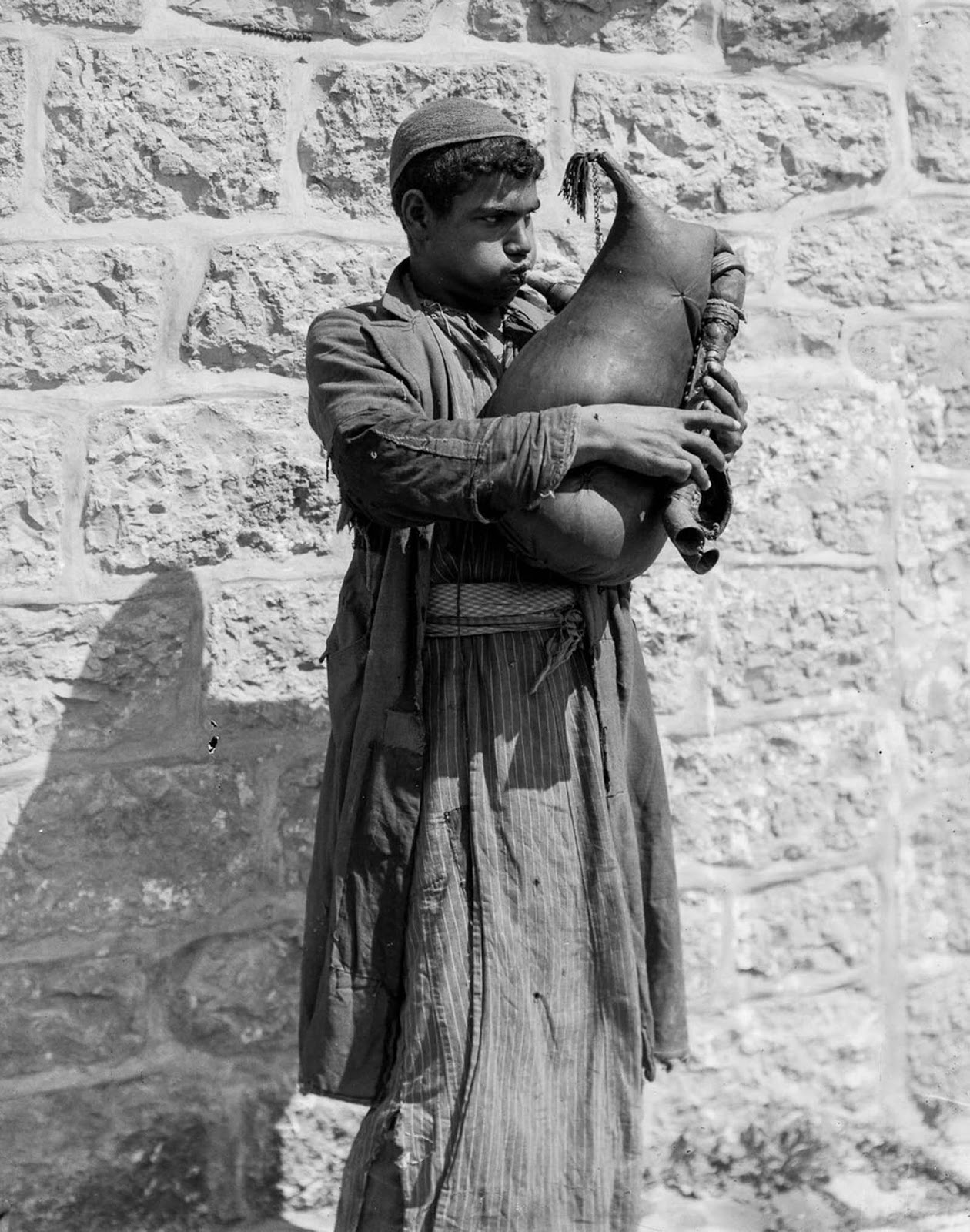
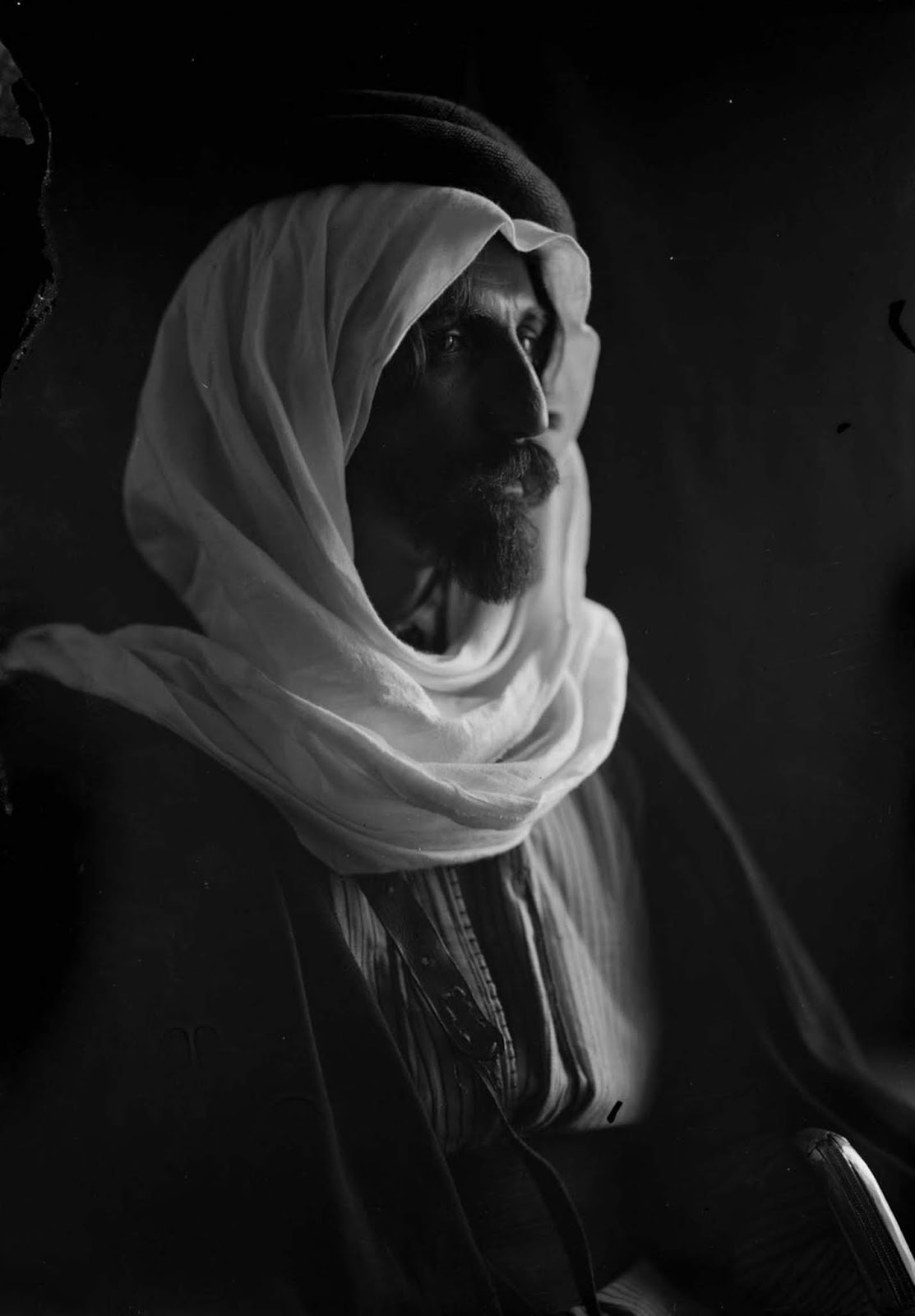
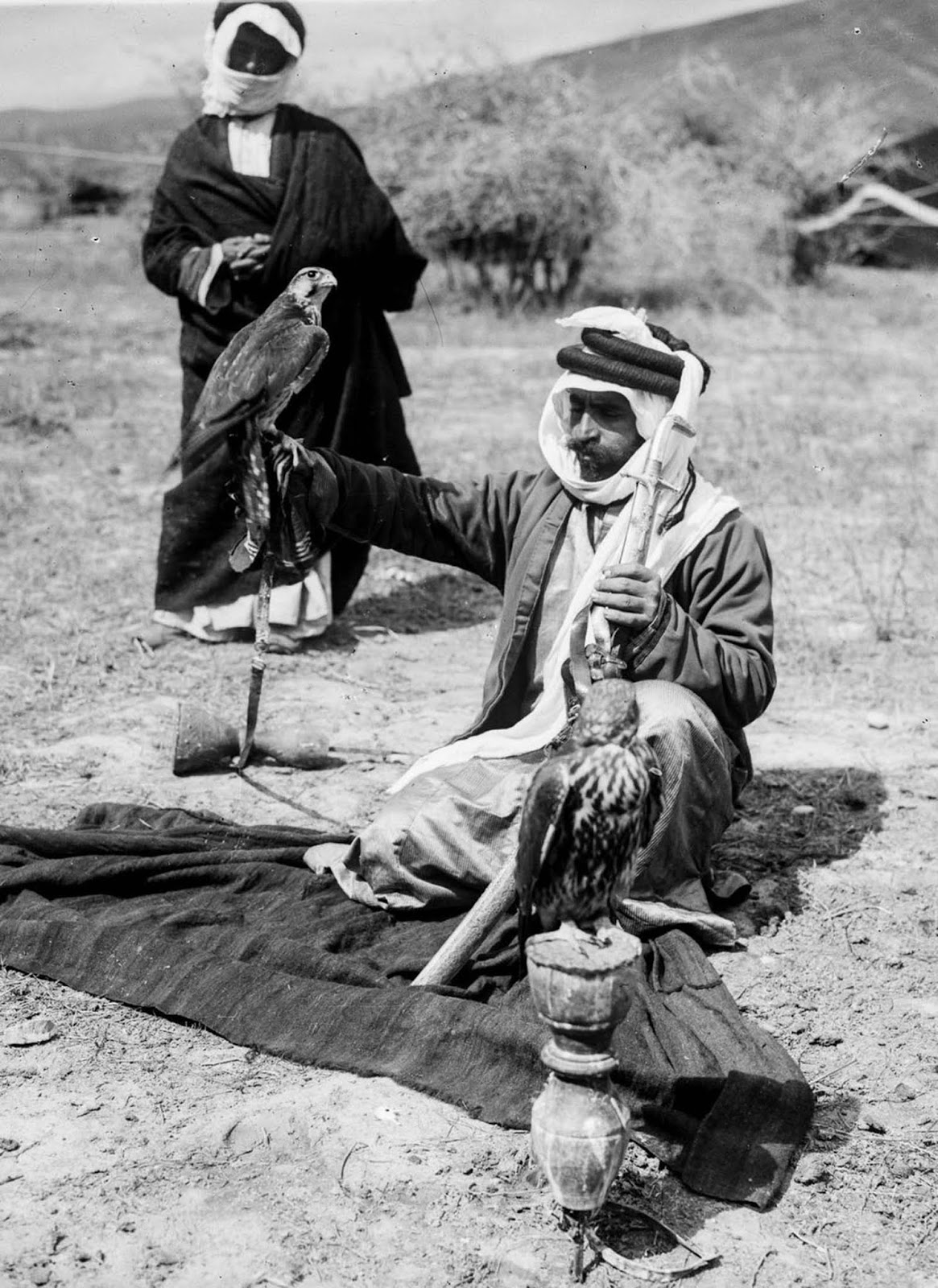
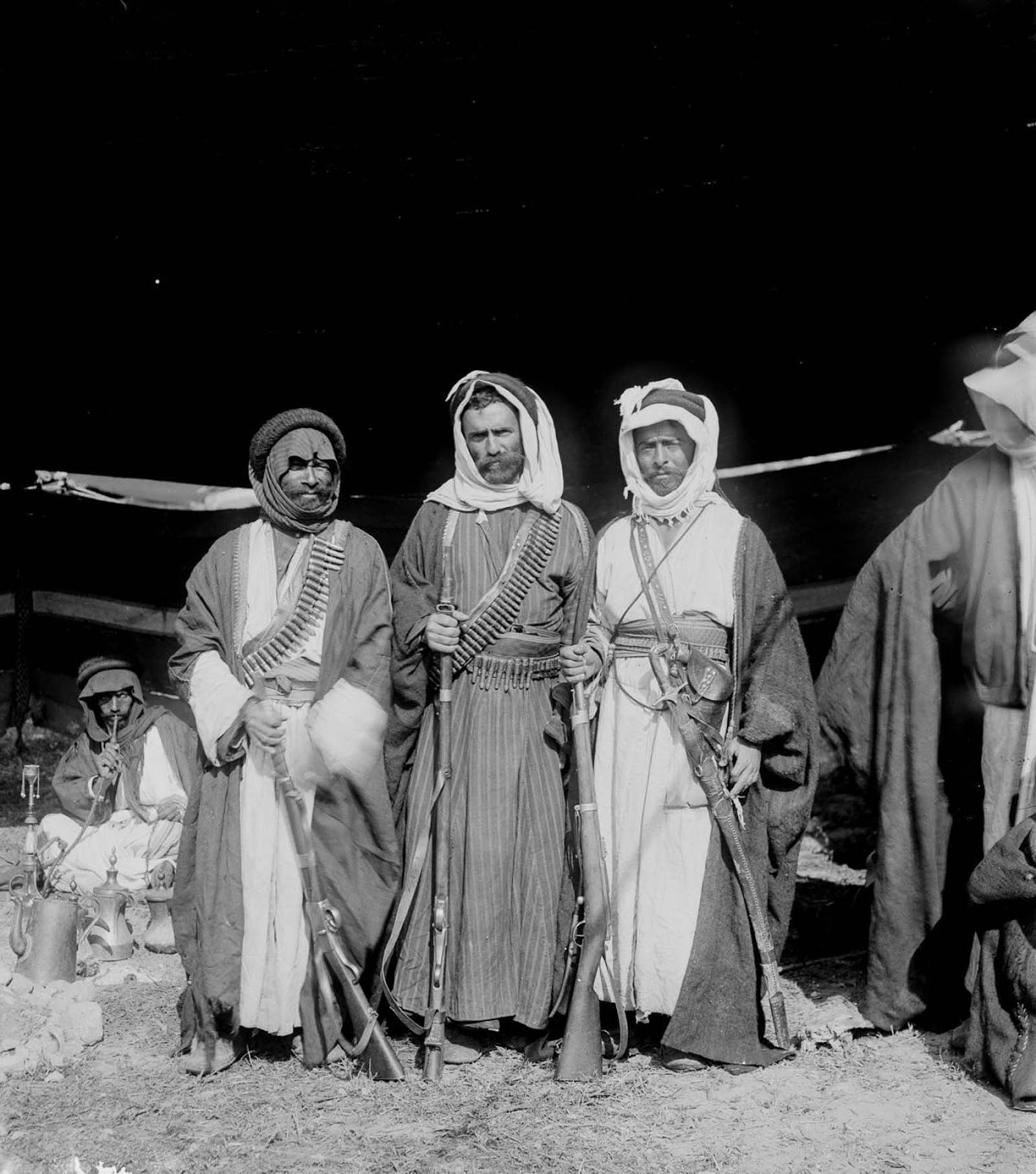
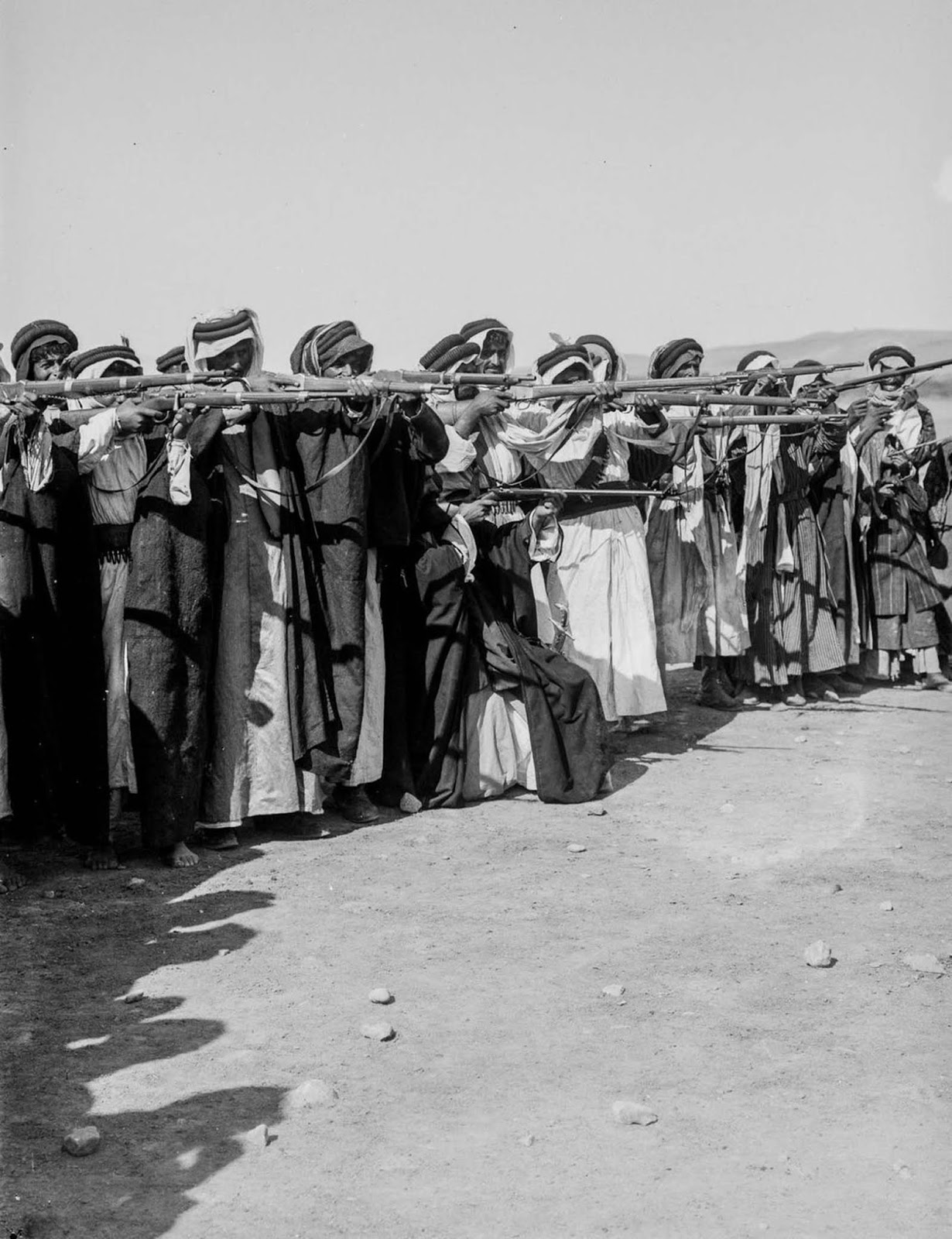
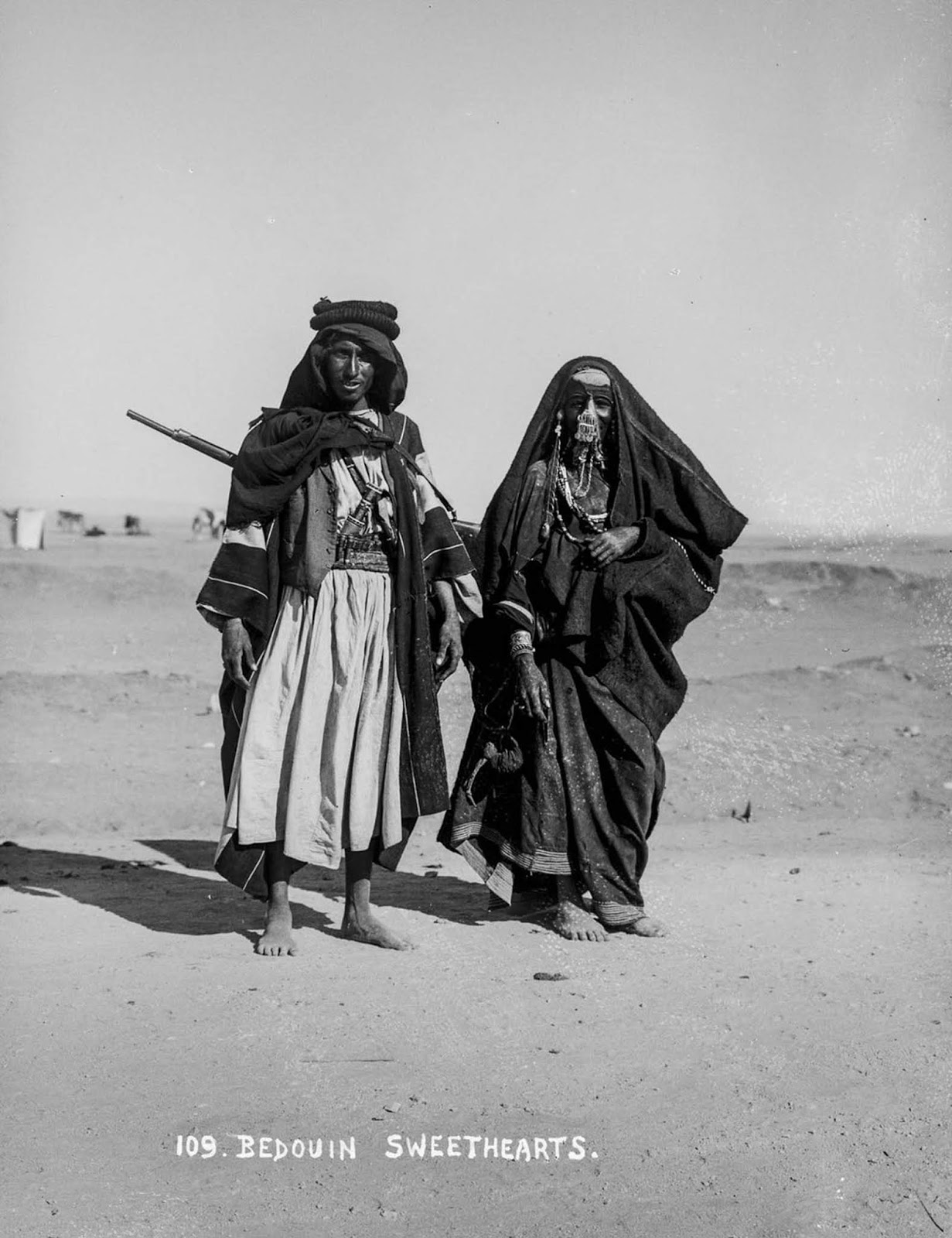
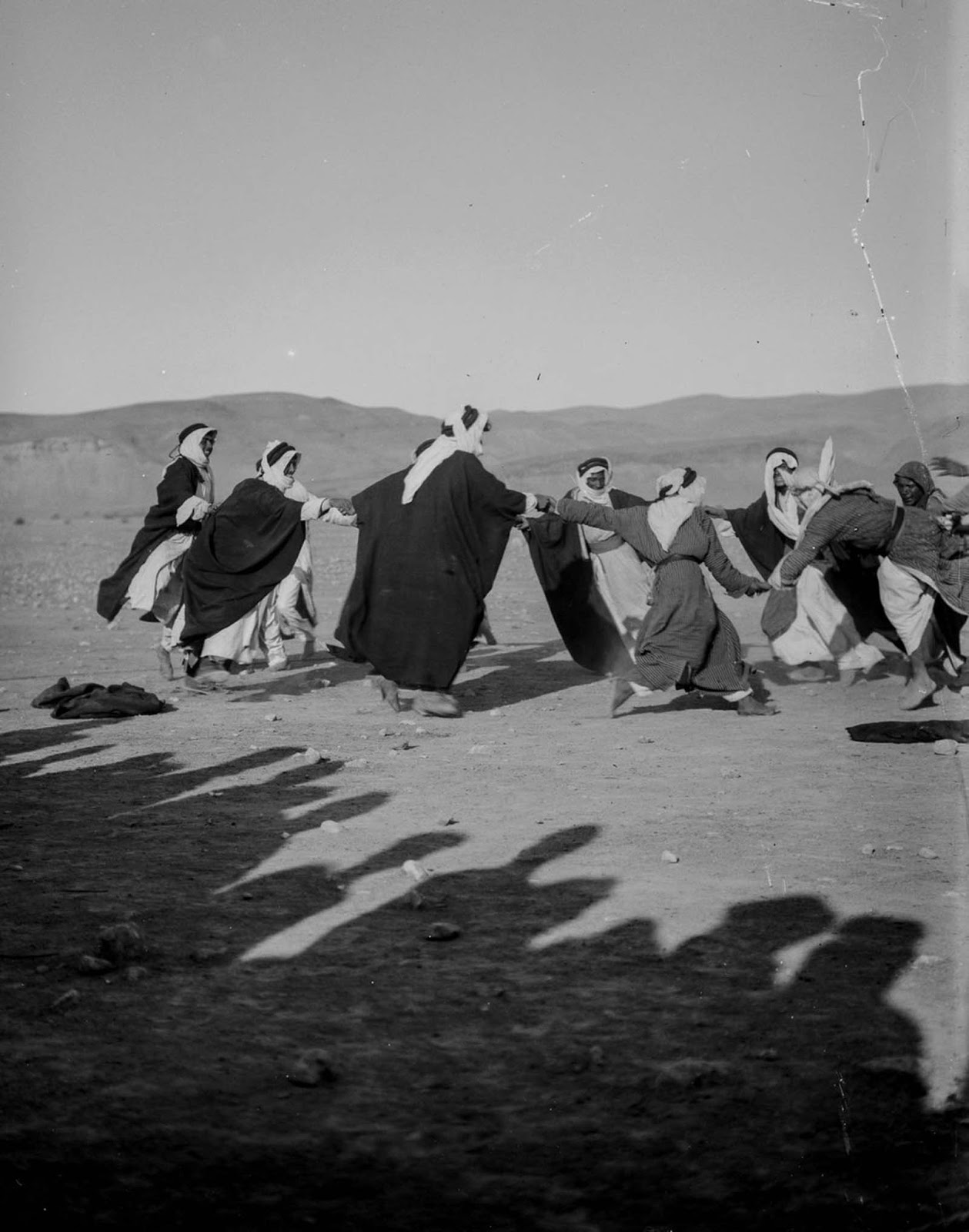
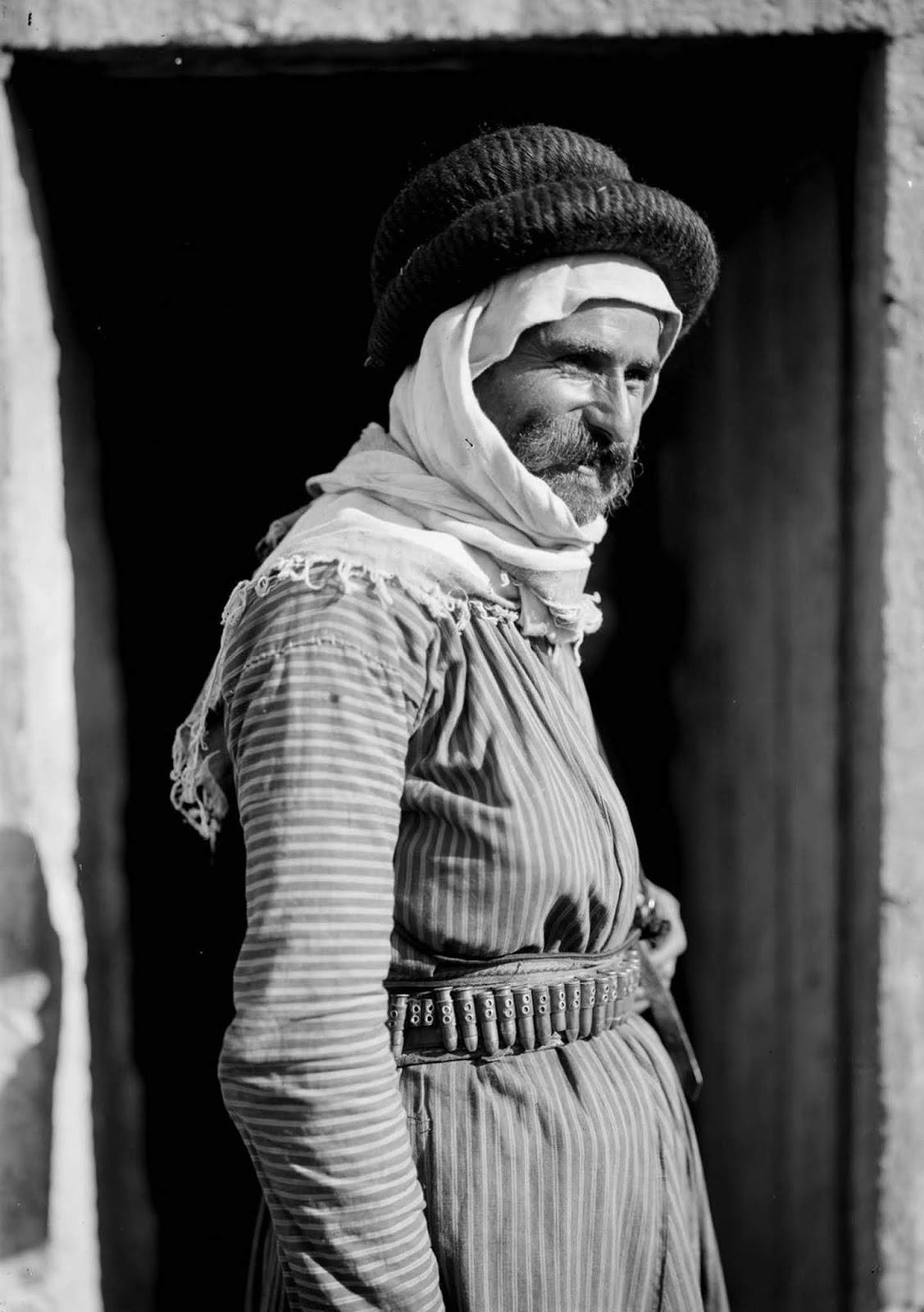
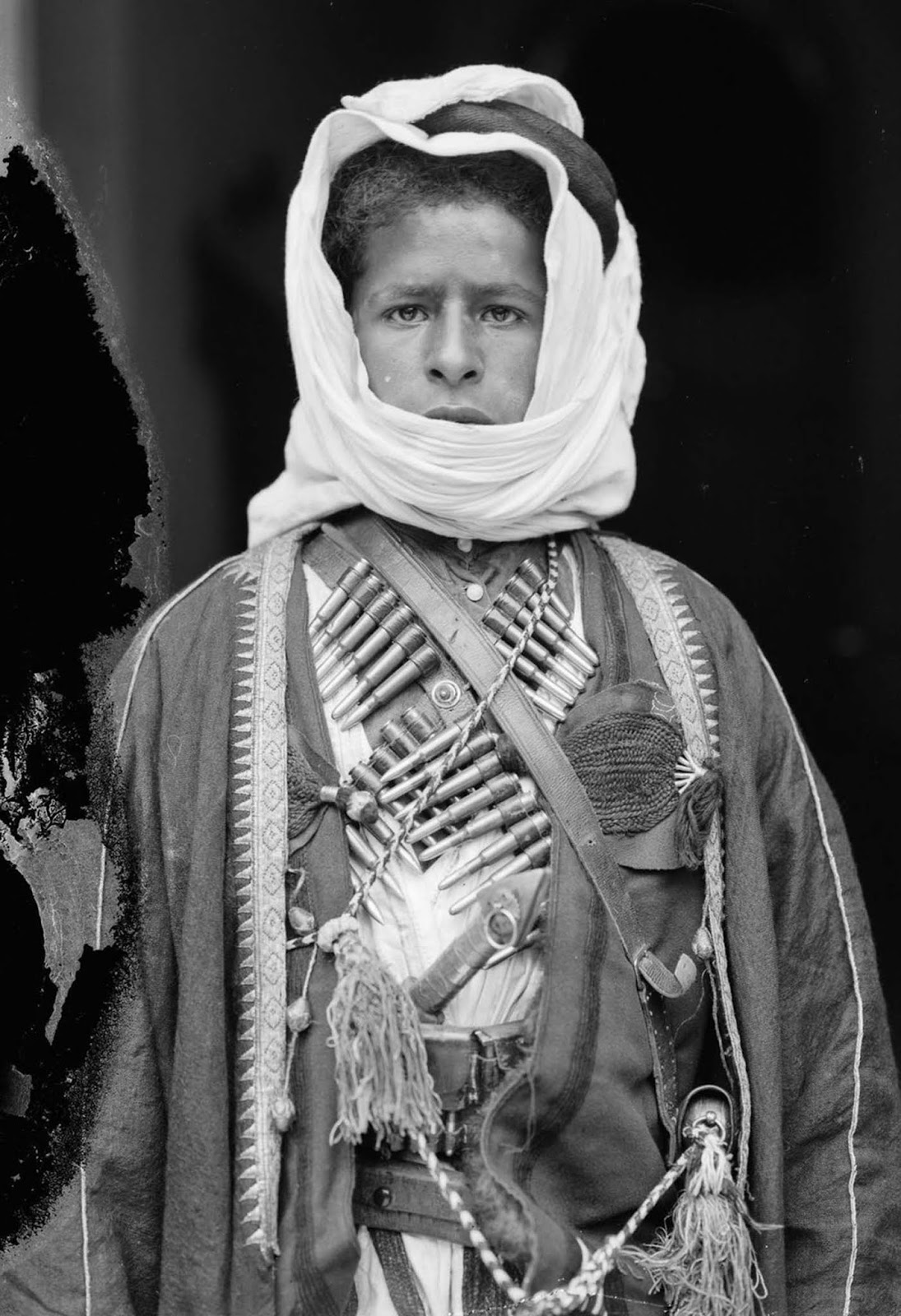
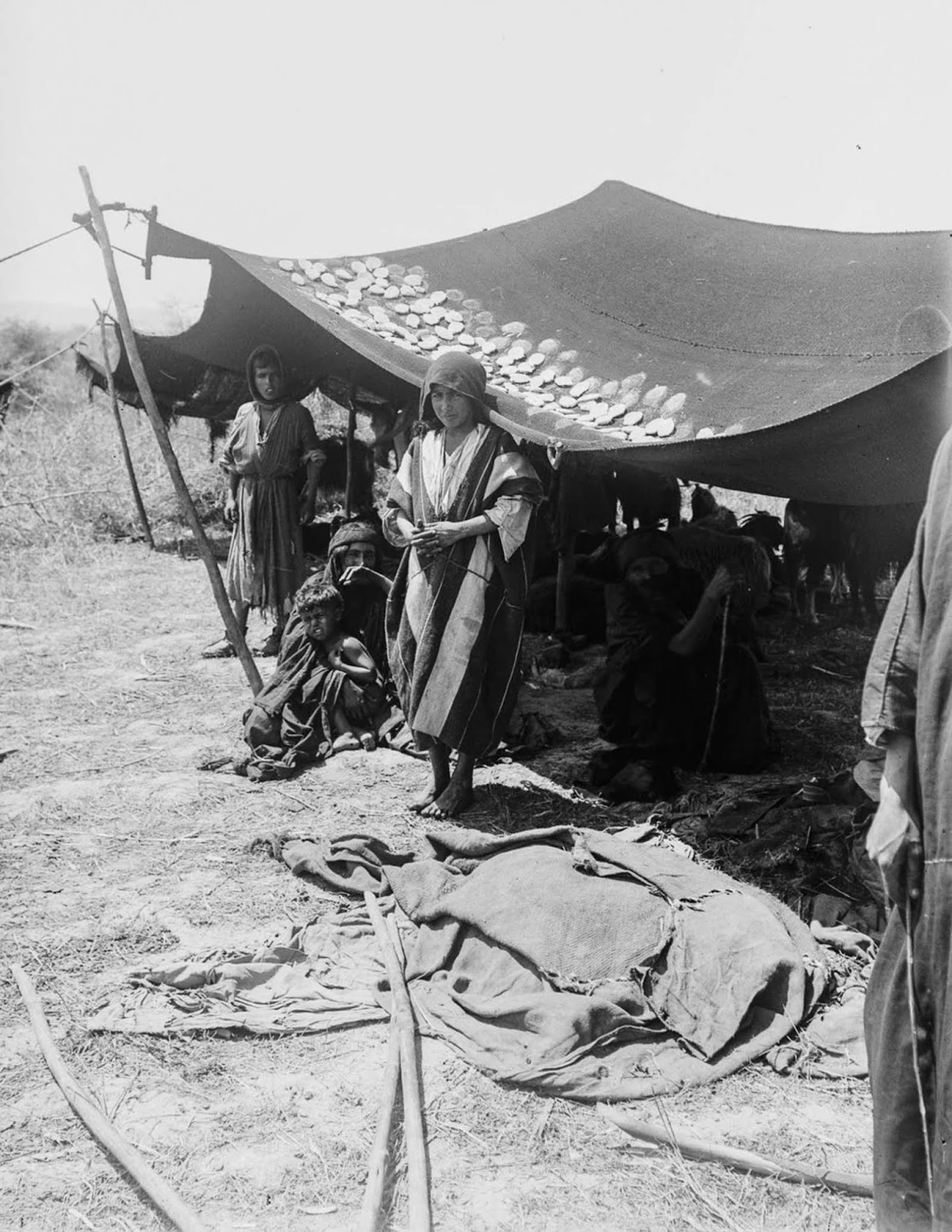
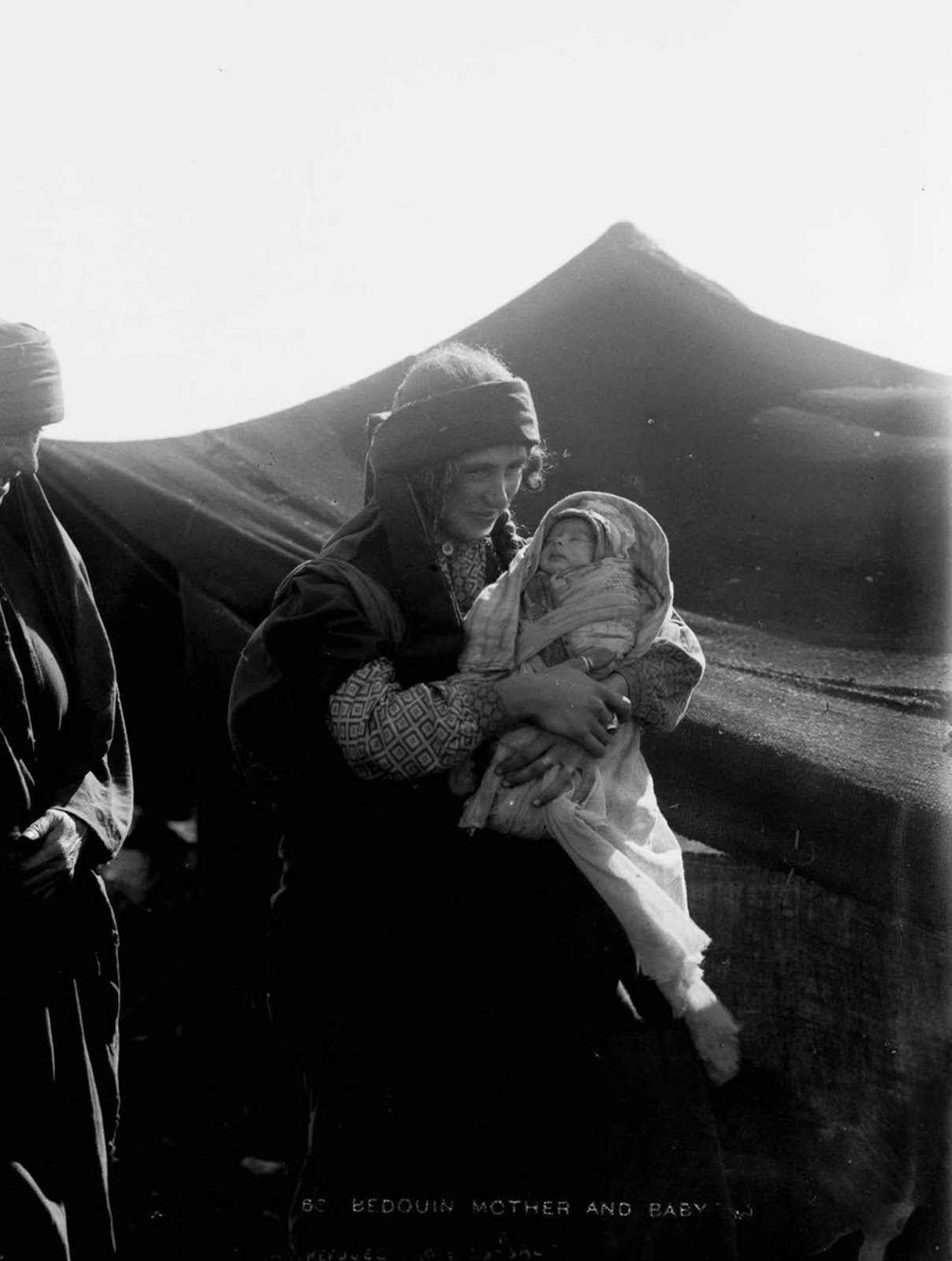
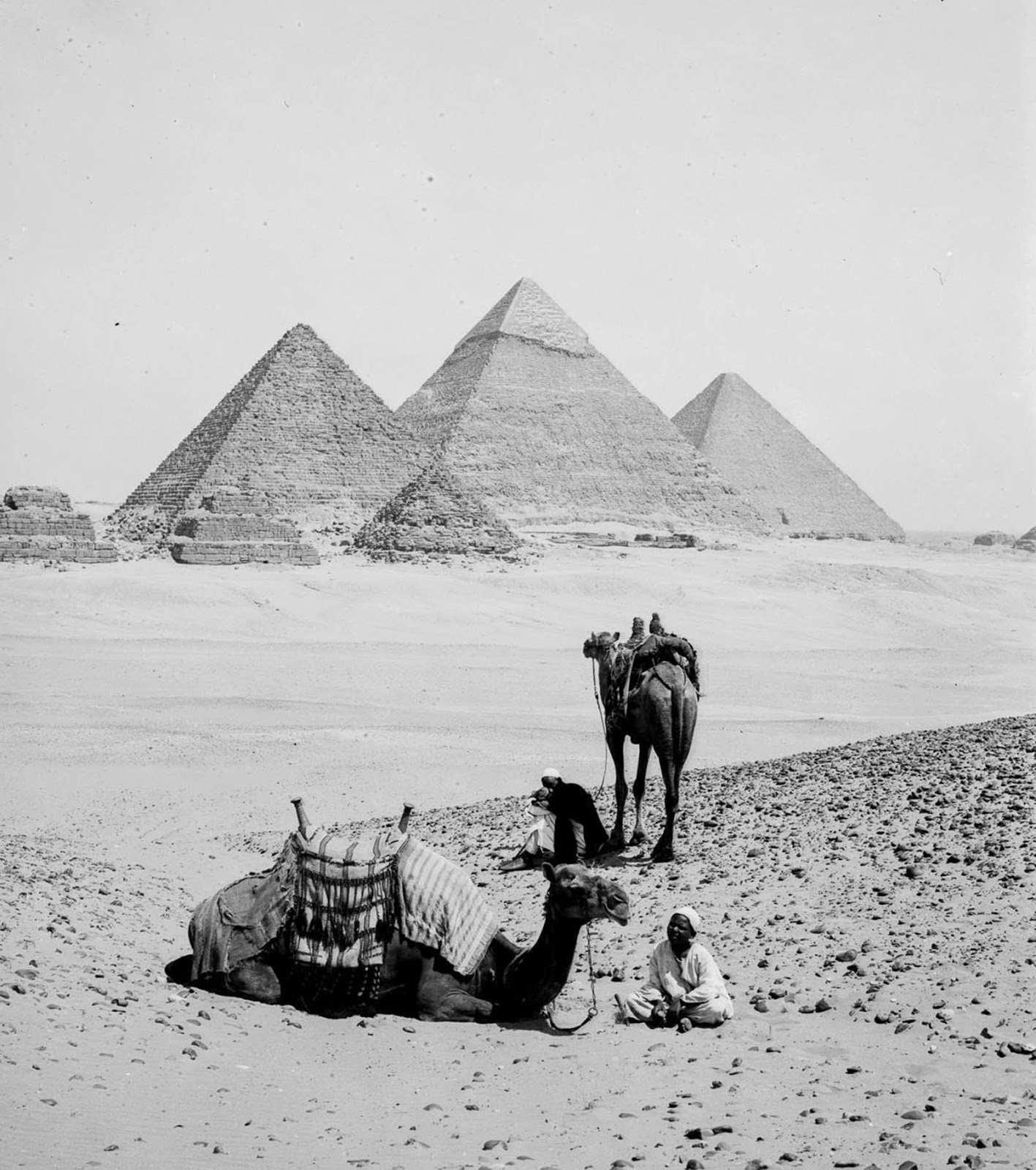
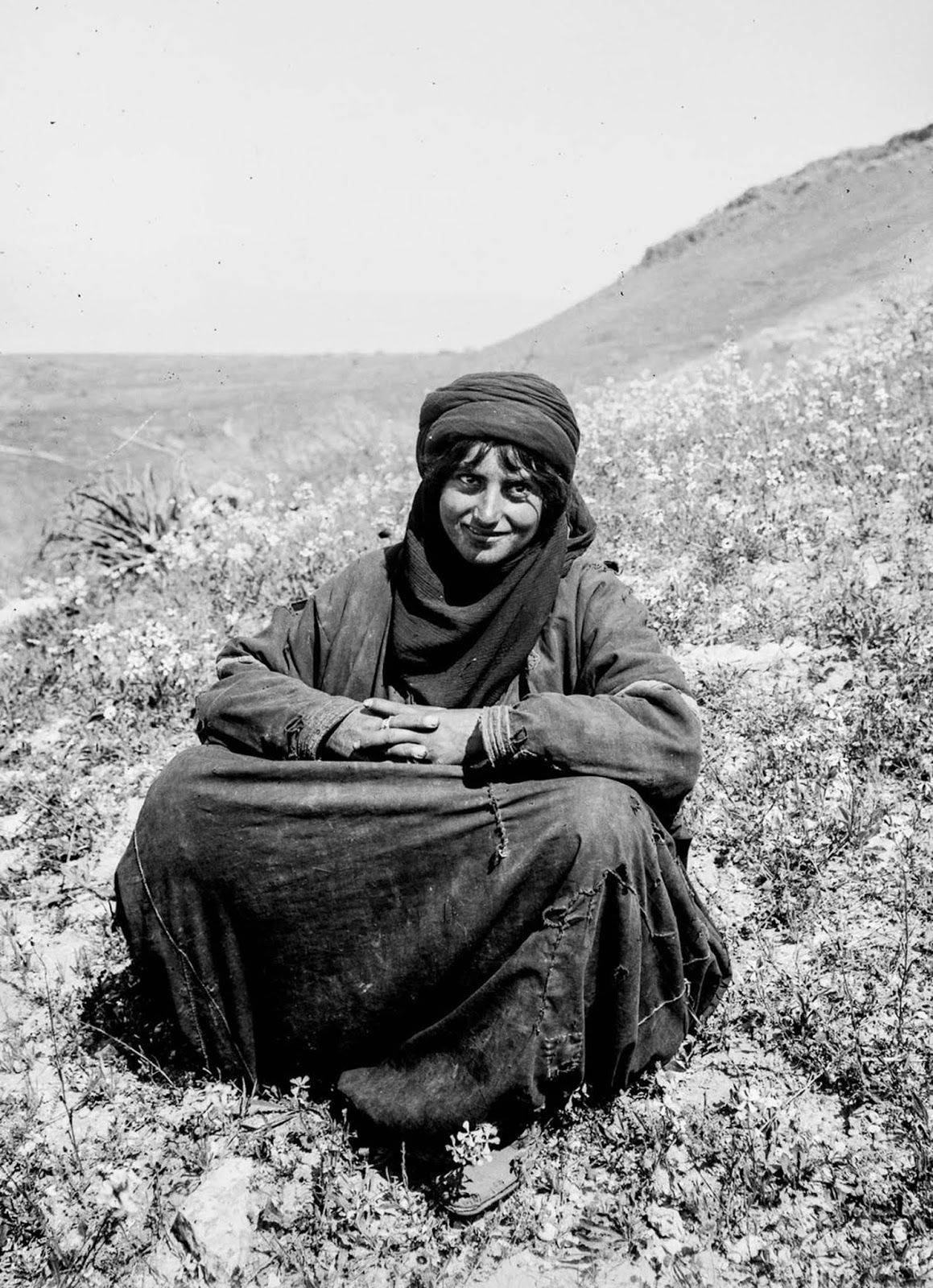
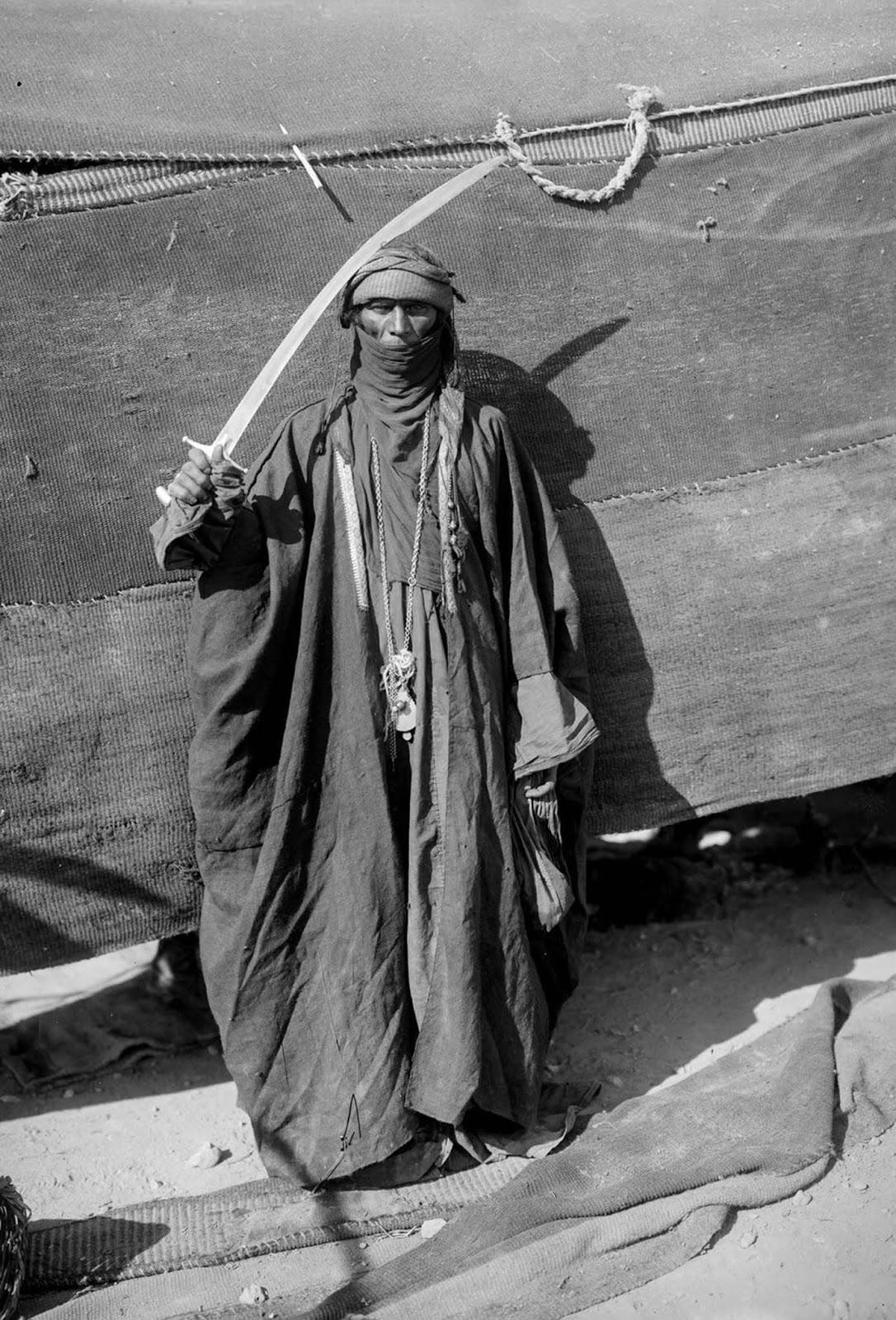
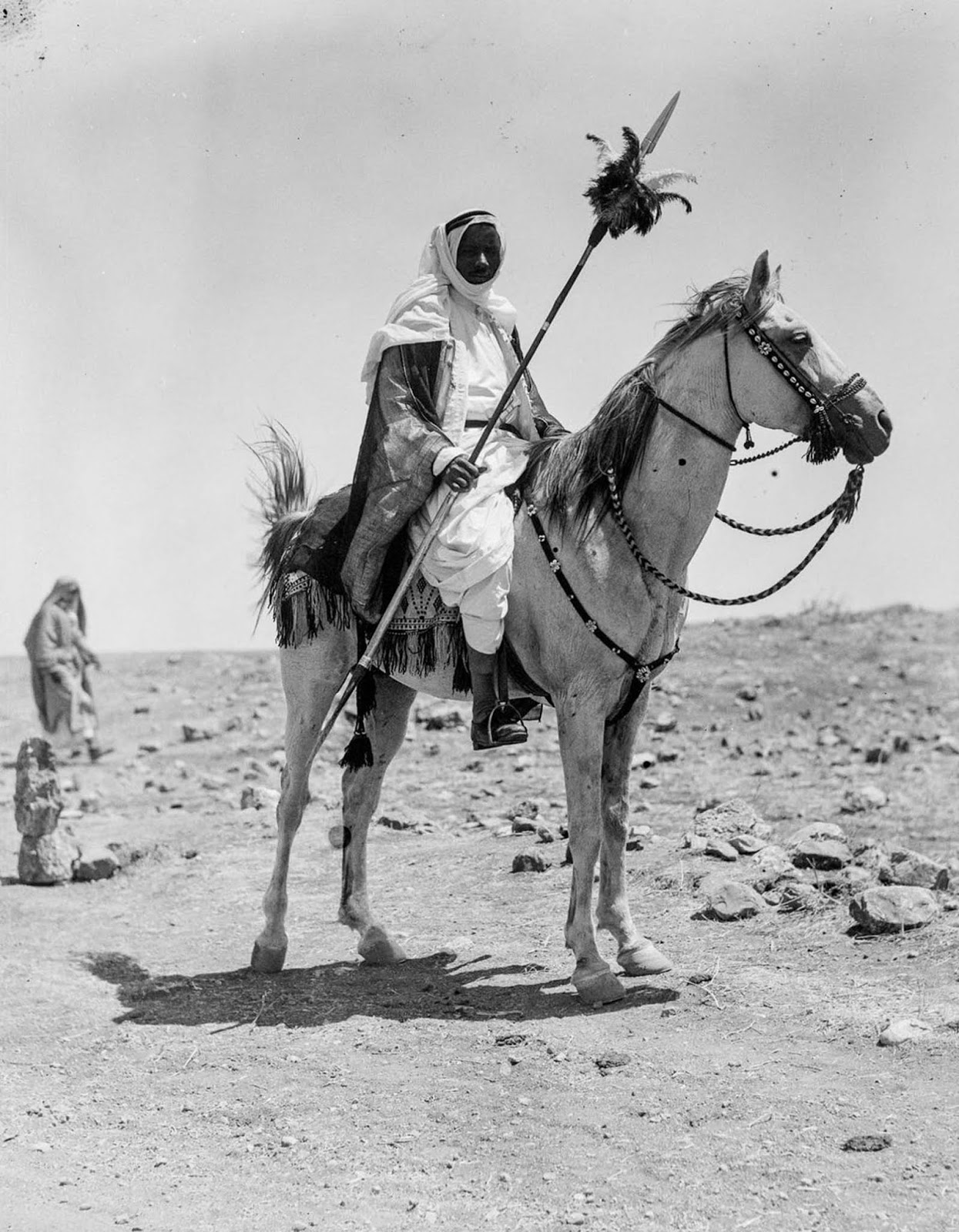
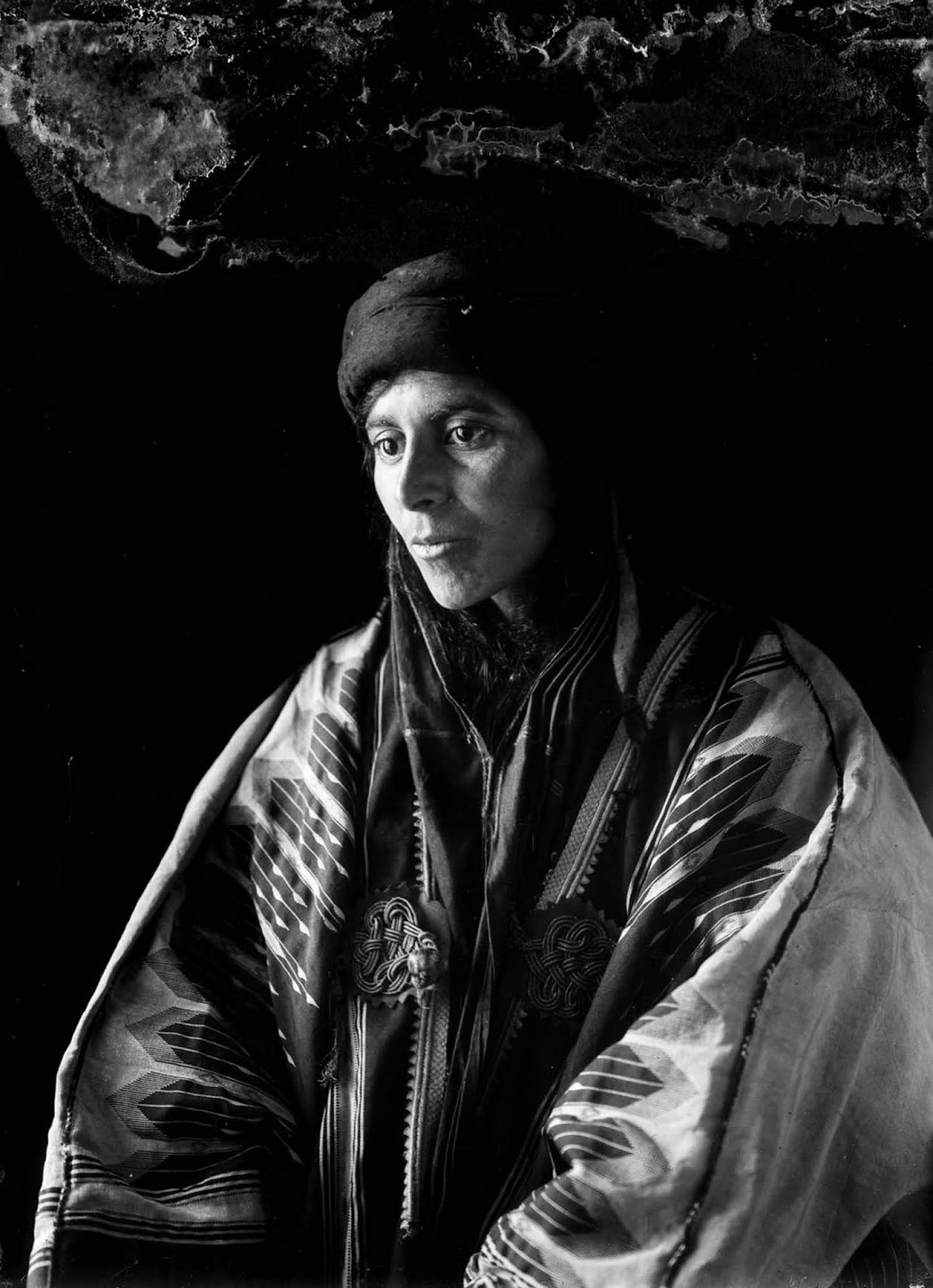
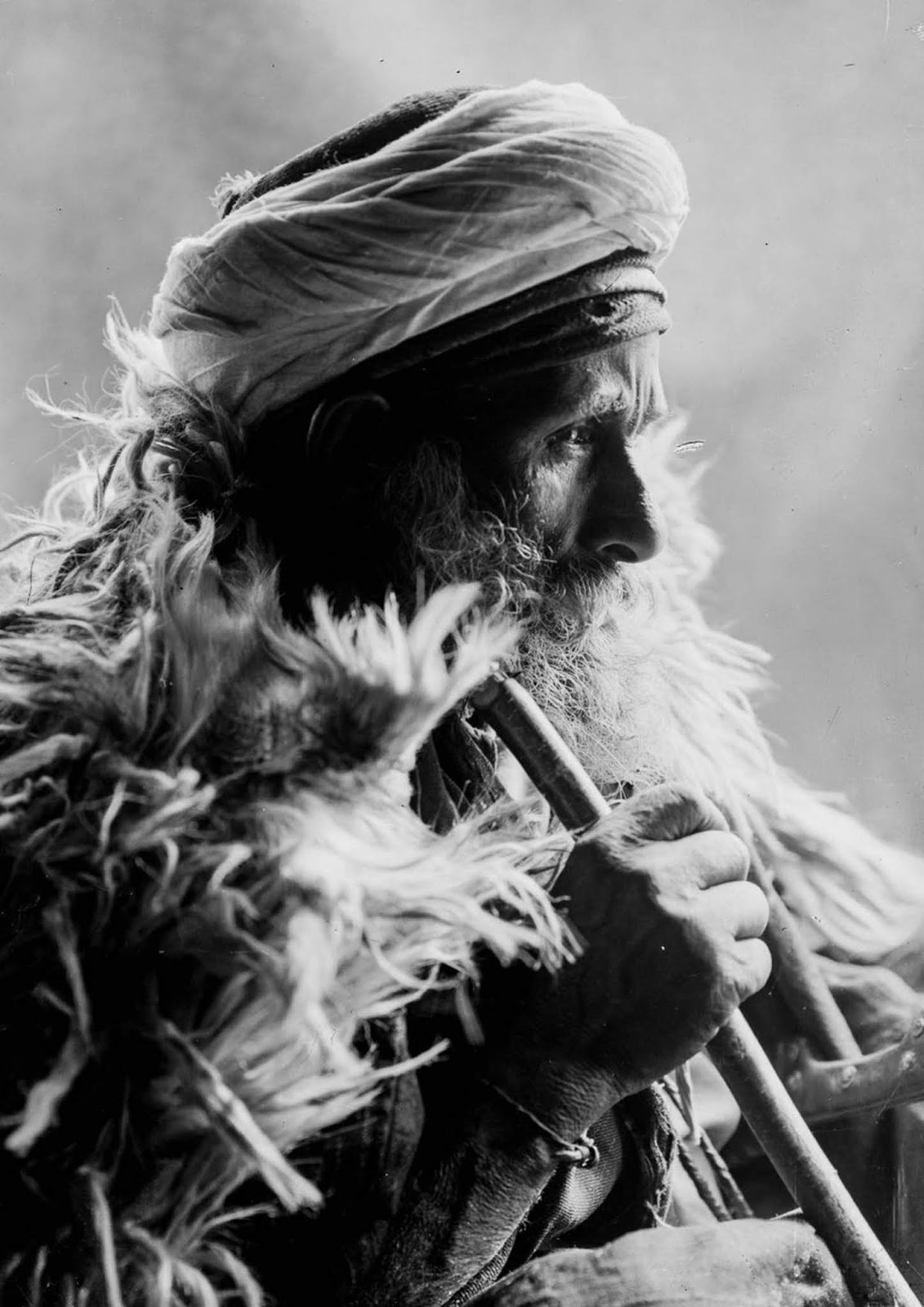
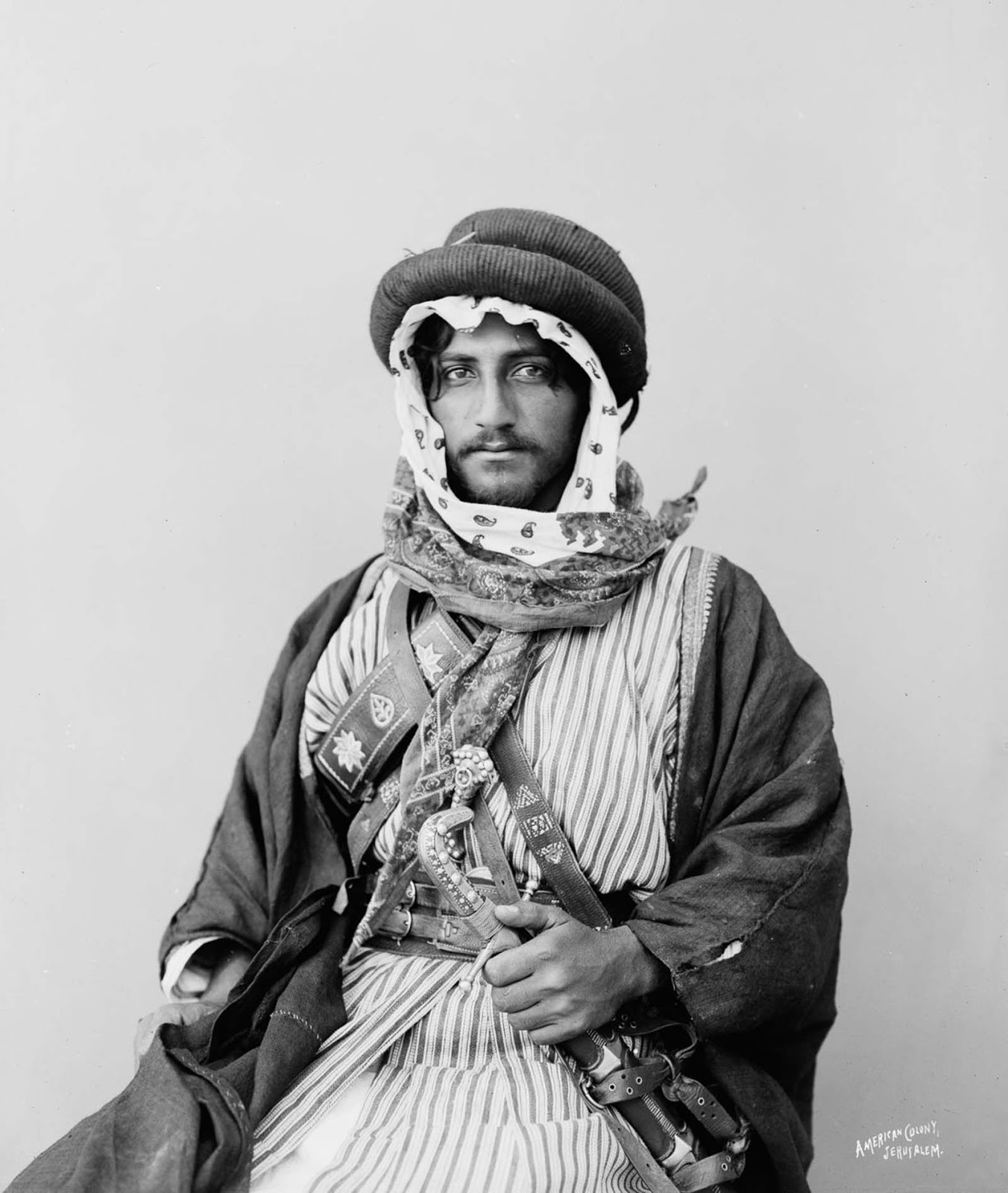
Video
Watch Imraguen: The Last Fishermen of the Sahara | SLICE | FULL DOCUMENTARY to discover the unique lifestyle of the Sahara’s last fishermen. Don’t miss this incredible journey!
Conclusion: Bedouin Nomads in a Changing World
As we reflect on the evolution of Bedouin life, we must acknowledge the resilience of these desert-dwelling people. Despite the pressures of modernity, Bedouins continue to adapt, maintaining a strong connection to their roots. The legacy of Bedouin culture lives on through their stories, their traditions, and, most importantly, through the stunning images that capture their once-in-a-lifetime way of life. These photographs remind us that even as the world changes, some things are worth preserving—like the spirit of the Bedouin people.
